Curacao
Lanee and I travelled to Curacao by cruise ship on February 26, 2018. Curacao is close to the islands of Aruba and Curacad (sometime referred to as the ABC islands) located in the Caribbean Sea fifty miles northwest of Venezuela in South America. Bonaire is one of six islands in the area owned by the Dutch
Curacao was part of the Netherlands Antilles until the country's dissolution in 2010, when the island became a special municipality (officially "public body") within the country of the Netherlands. It is one of the three BES islands in the Caribbean, along with Sint Eustatius and Saba.
The coordinates for the island is 12o11' N 68o15' W.
Demographics
The island has a permanent population of 160,000 (as of 1 January 2011).
Religion in Bonaire is predominantly Roman Catholic (68%) and Protestant (16%).
Common languages--74.7% Papiamentu creole, 11.8% Spanish, 2.8% English, and 1.8% other.
Climate
Bonaire has an arid climate, which helps tourism, as visitors to the islands can reliably expect warm, sunny weather.
Bonaire has a warm, humid, and windy climate (Nearly constant winds blow from the east with an average speed of 12 knots). The average temperature is 81.5o F with a 2.5o F seasonal variation, and 10o F daily variation. The ocean temperature around the island fluctuates between 78 and 86o F. The highest recorded temperature is 96.4o F and the lowest, 67.6o F.
The humidity is very constant, averaging 76% and fluctuating between 85% and 66% on a daily basis. Average annual rainfall is 20.5 inches, most of which occurs in October through January. Bonaire lies outside the hurricane belt, though its weather and oceanic conditions are occasionally affected by hurricanes and tropical storms. This semi-arid climate is conducive to a variety of cacti and other desert plants.
Main Sources of Income
Tourism is the main source of income for the island. The production of salt is the largest industry which uses the naturally low-lying geography and traditional Dutch dyke design. Much of Bonaire's southern half has been made into a giant system of ponds and pools which evaporate seawater to produce salt. Presently operated by Cargill, Bonaire's solar salt works produces 400,000 tons of industrial grade salt per year. After collection, the salt is then washed and stored in large piles. The salt facility operates its own pier where ships are loaded with salt destined for North American, European and Western Pacific markets. Bonaire's salt is used mostly in industrial roles.
The large condensing ponds which ring the crystallizer basins, called the Pekelmeer, are a natural habitat for numerous species of brine shrimp which in turn feed flocks of hundreds of pink flamingoes and other migratory birds. This is the location of Bonaire's flamingo sanctuary.
Bonaire's Marine Park offers a total of 86 named dive sites, and is home to over 57 species of soft and stony coral and more than 350 recorded fish species.
Points of interest
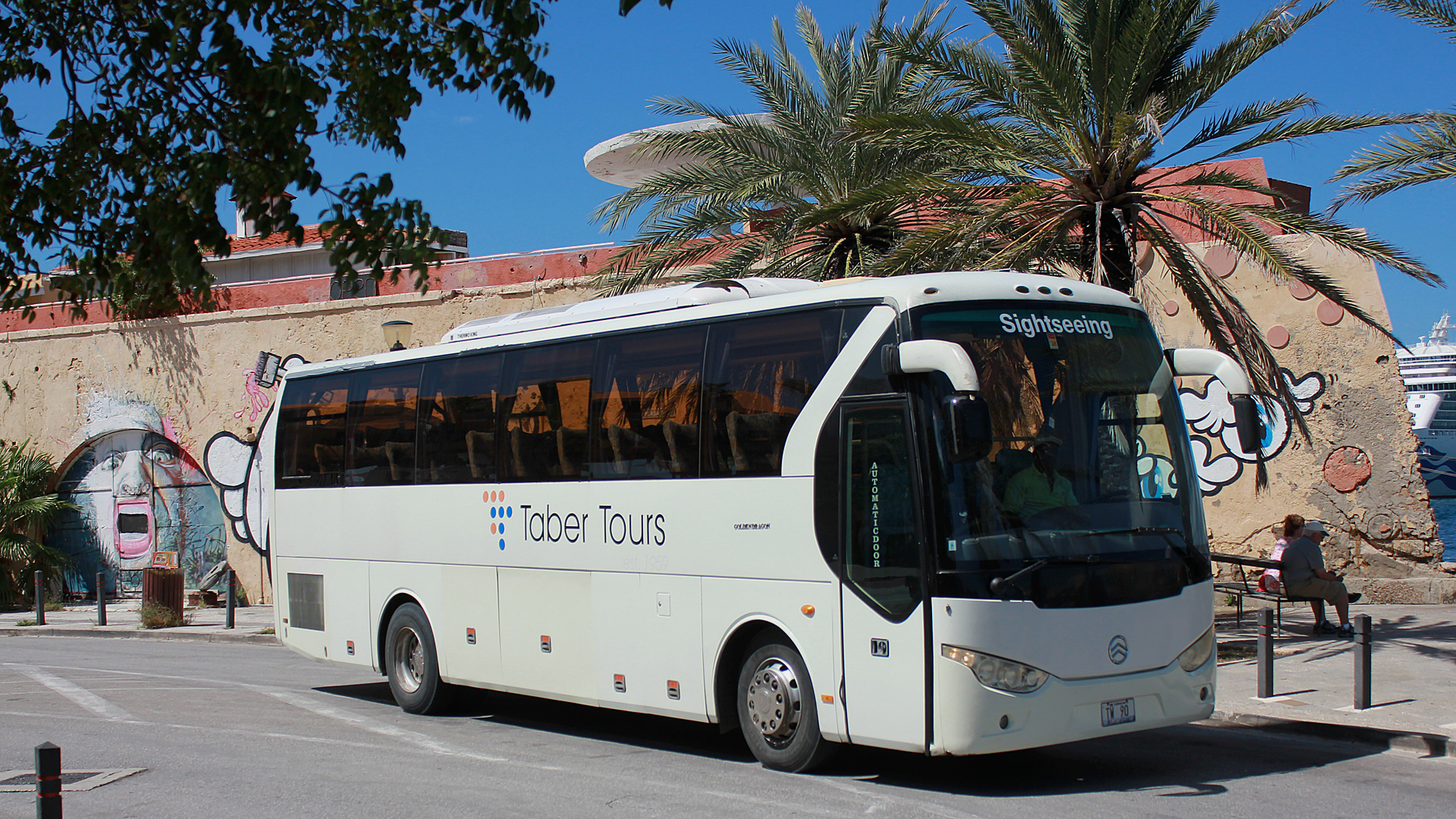 We took a bus for a six hour tour, took a lot of pictures, and learned alot about the island of Curacao.
We took a bus for a six hour tour, took a lot of pictures, and learned alot about the island of Curacao.
Some of the points of interest included:
- Willemstad
- Fort Amsterdam
- Queen Emma Pontoon Bridge
- Christoffel National Park
- Hato Caves
- Blue Bay
Pictures from Hato Caves
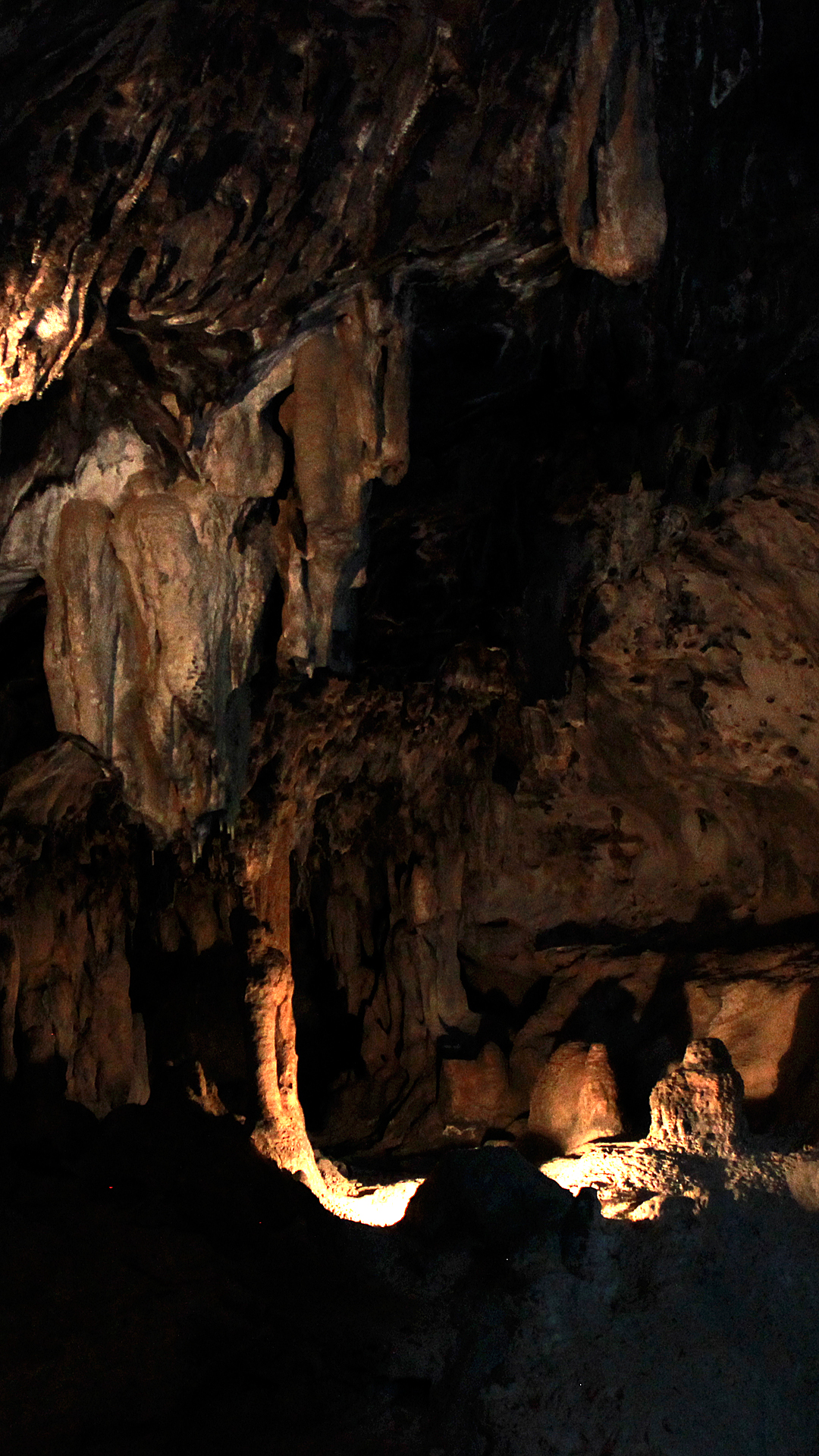
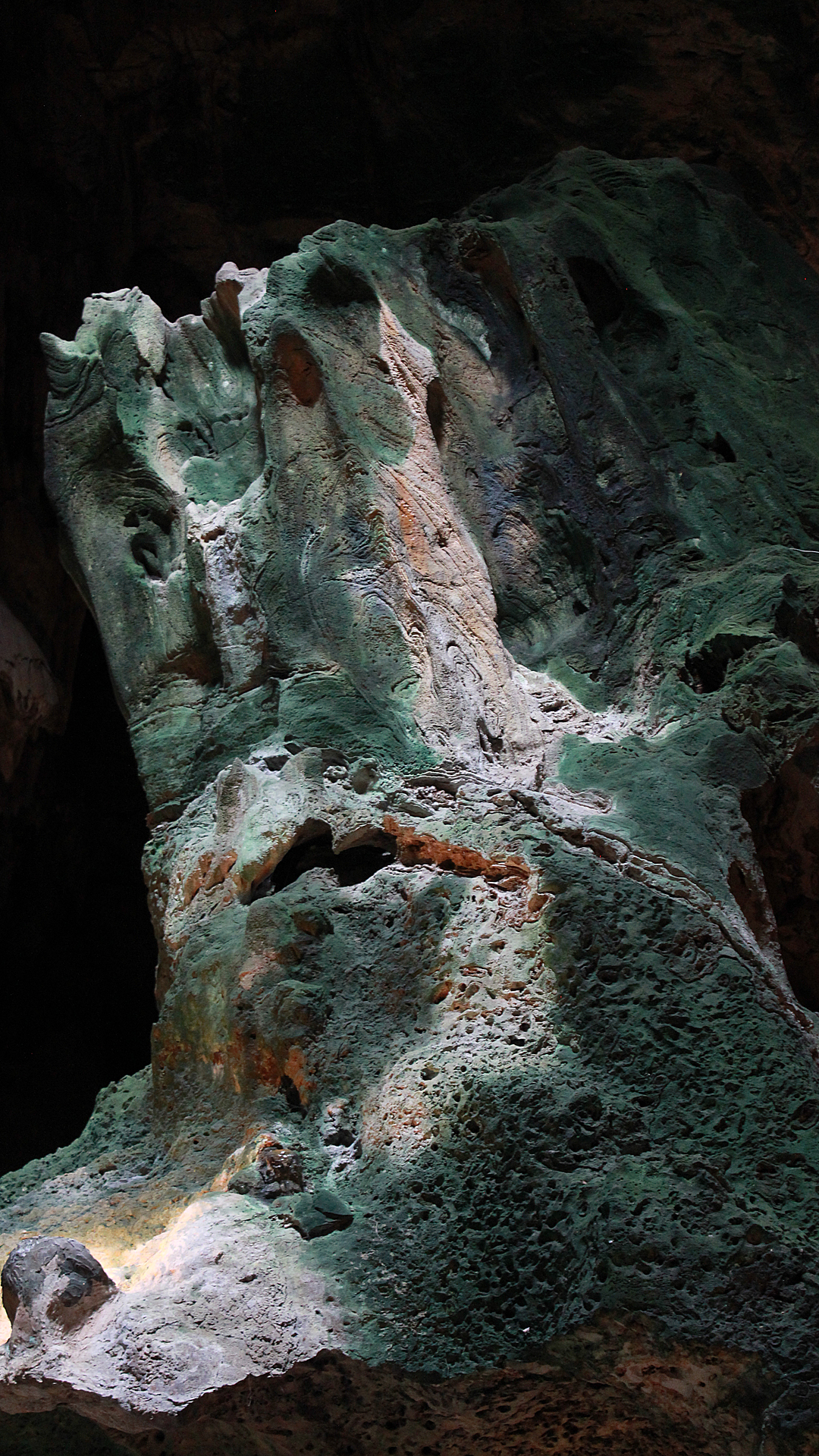
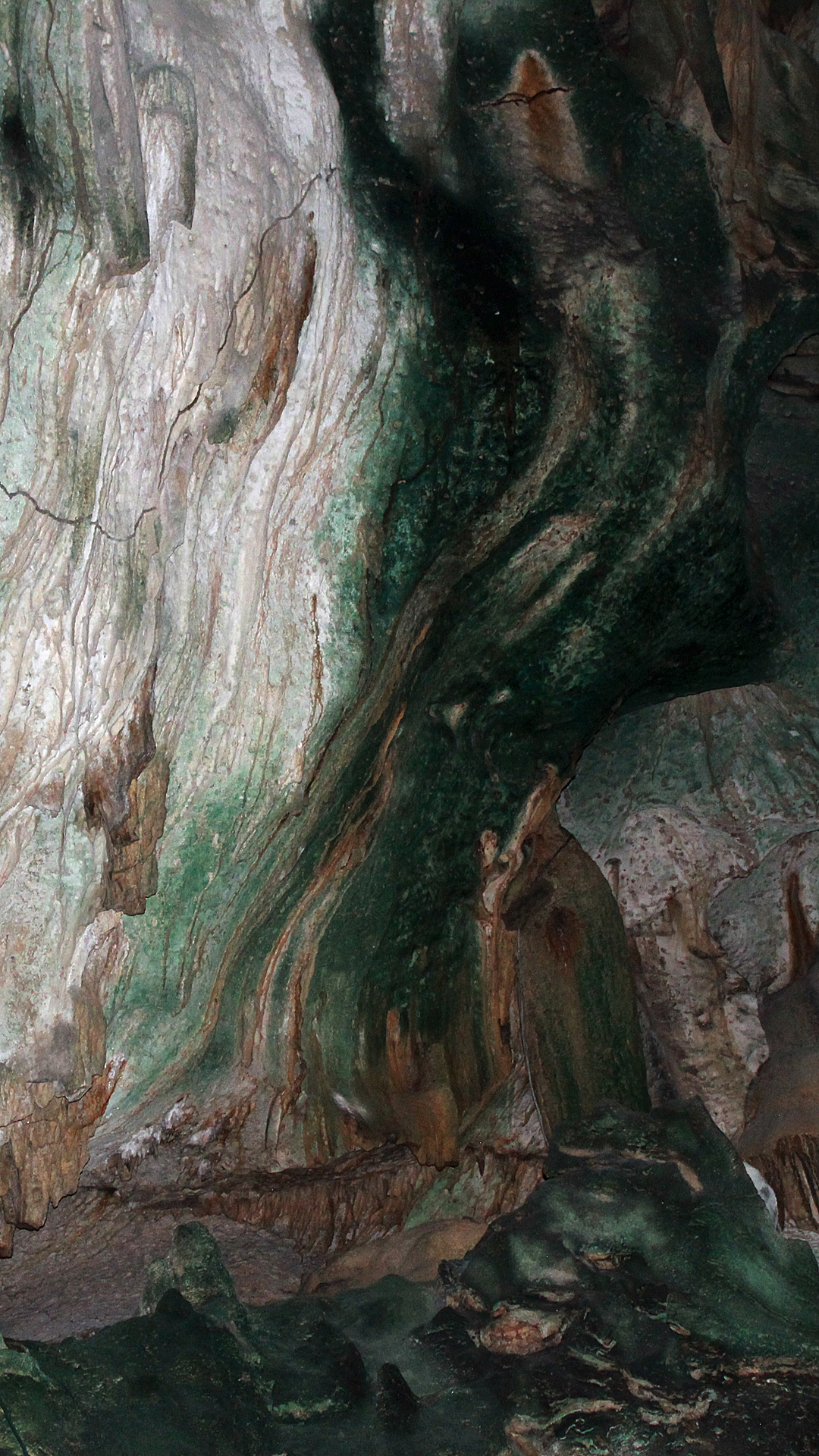
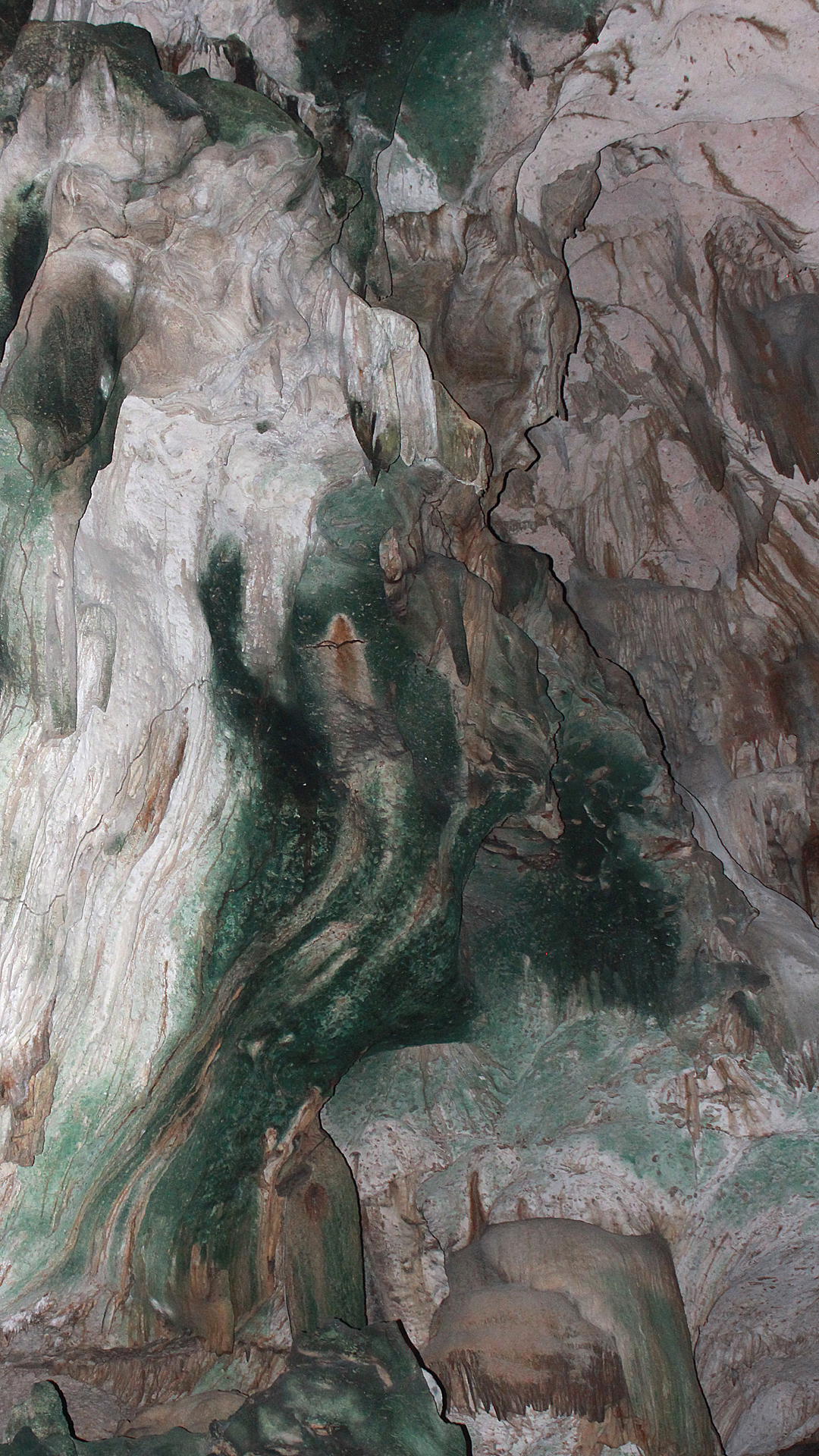
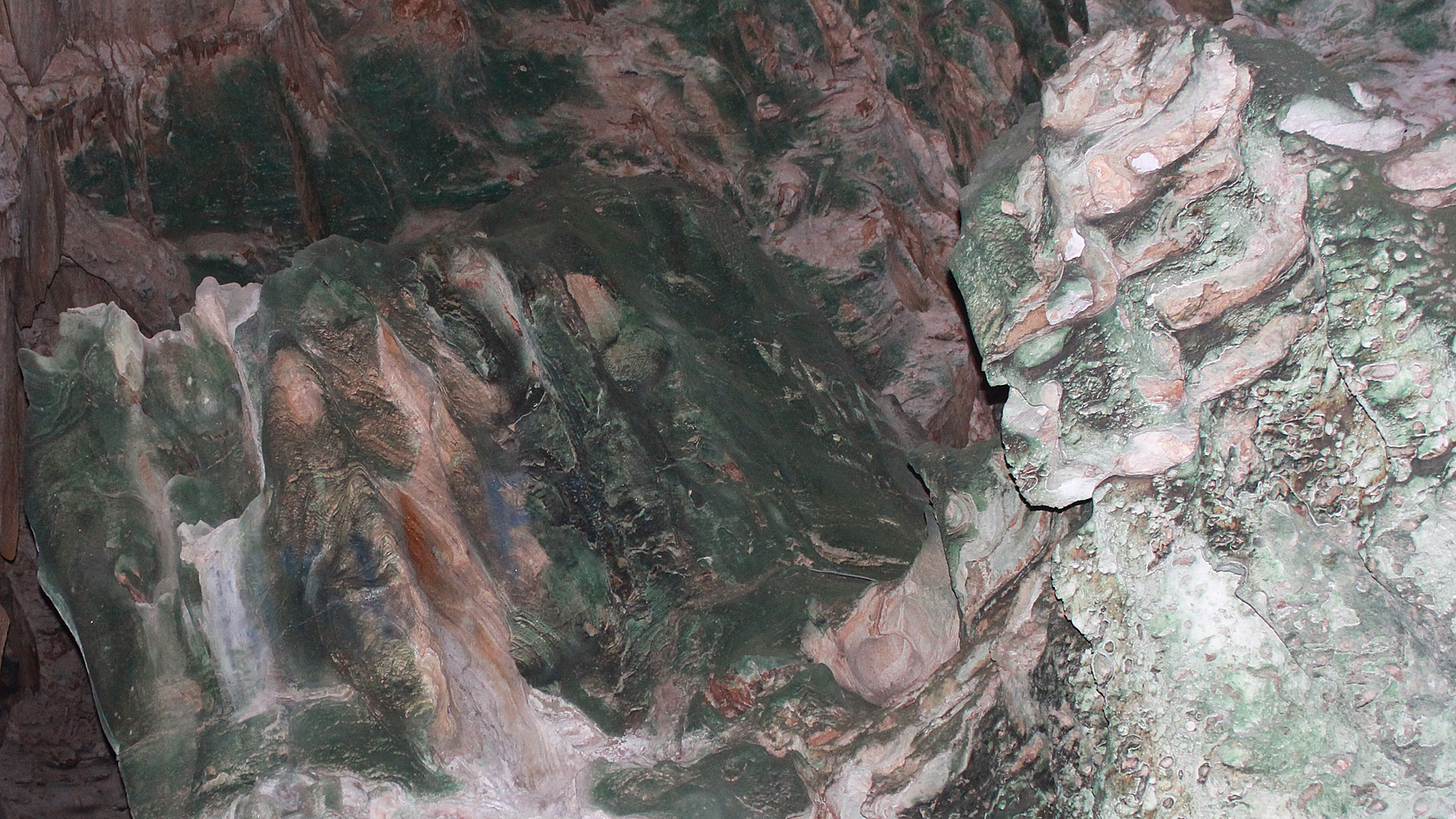
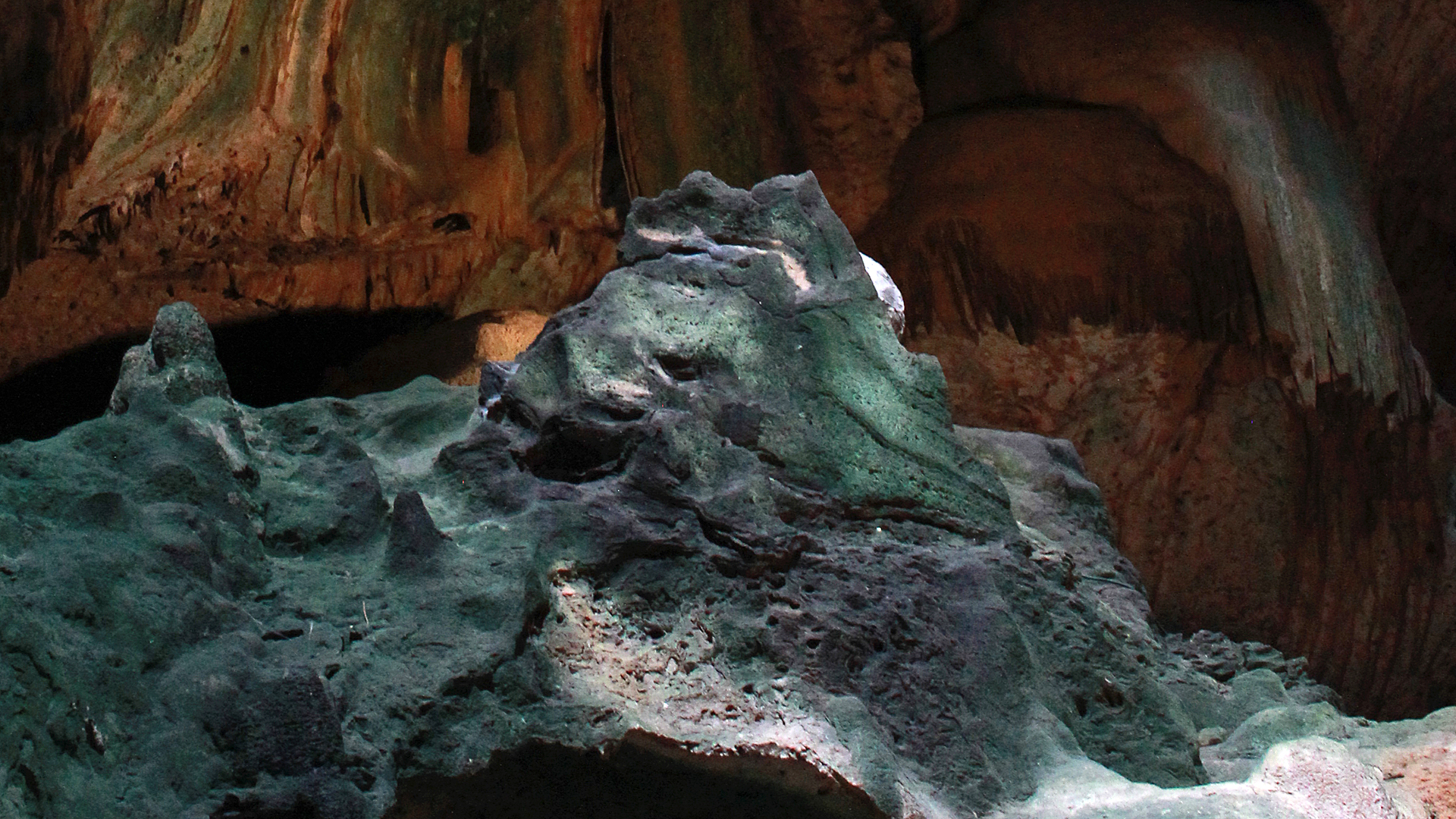
Pictures from Boca Tabla located a short distance from Christoffel National Park
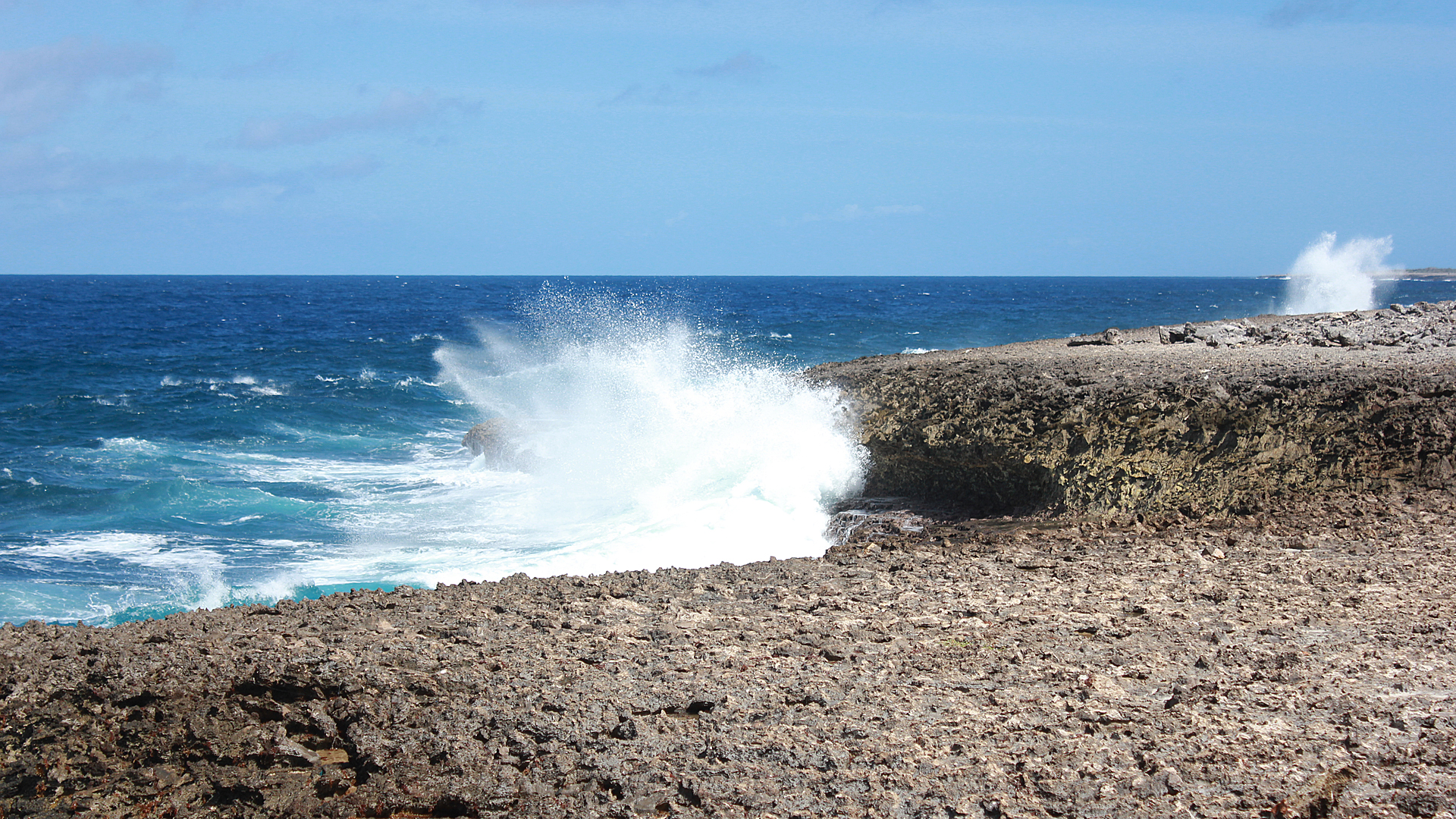
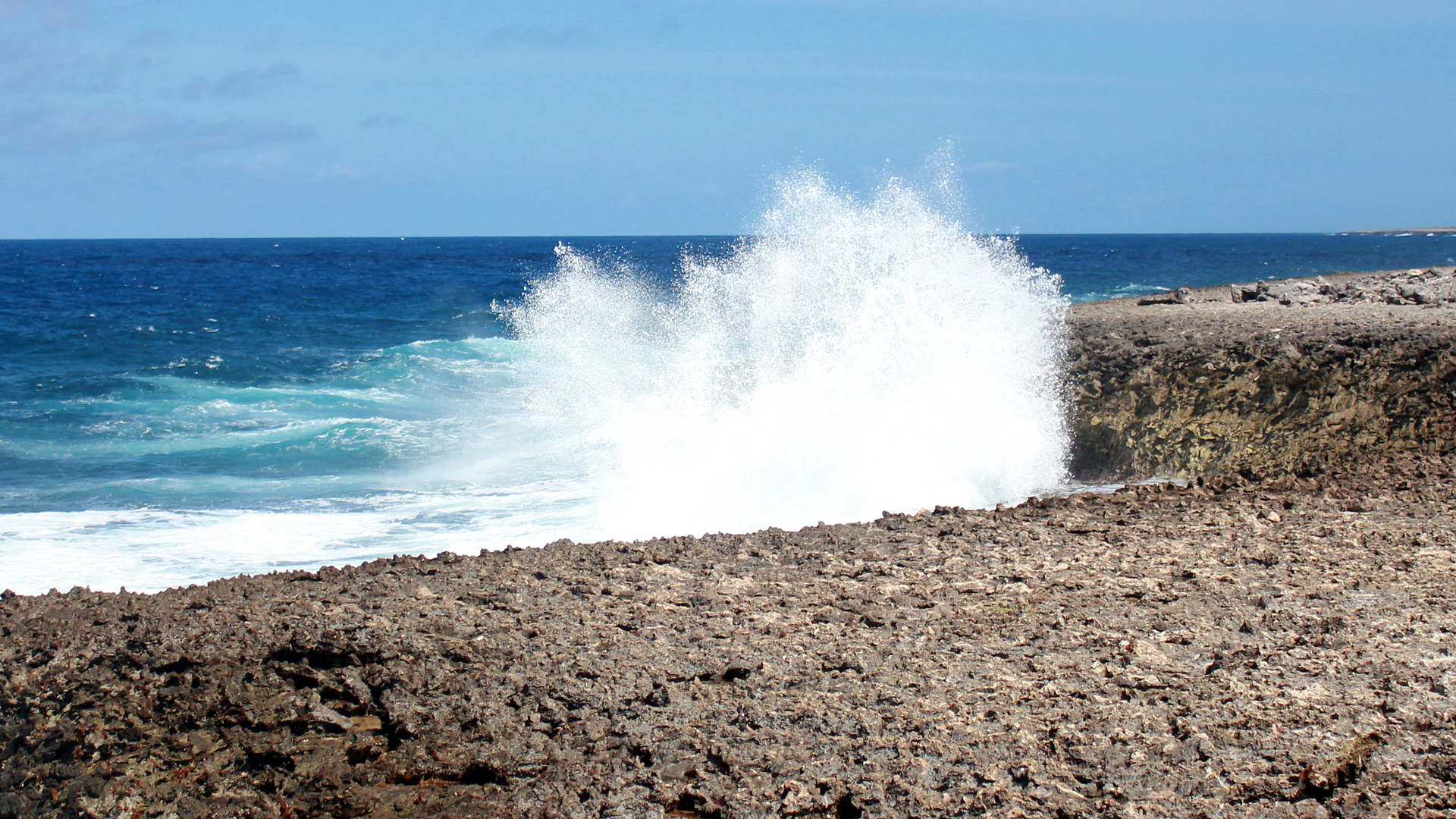
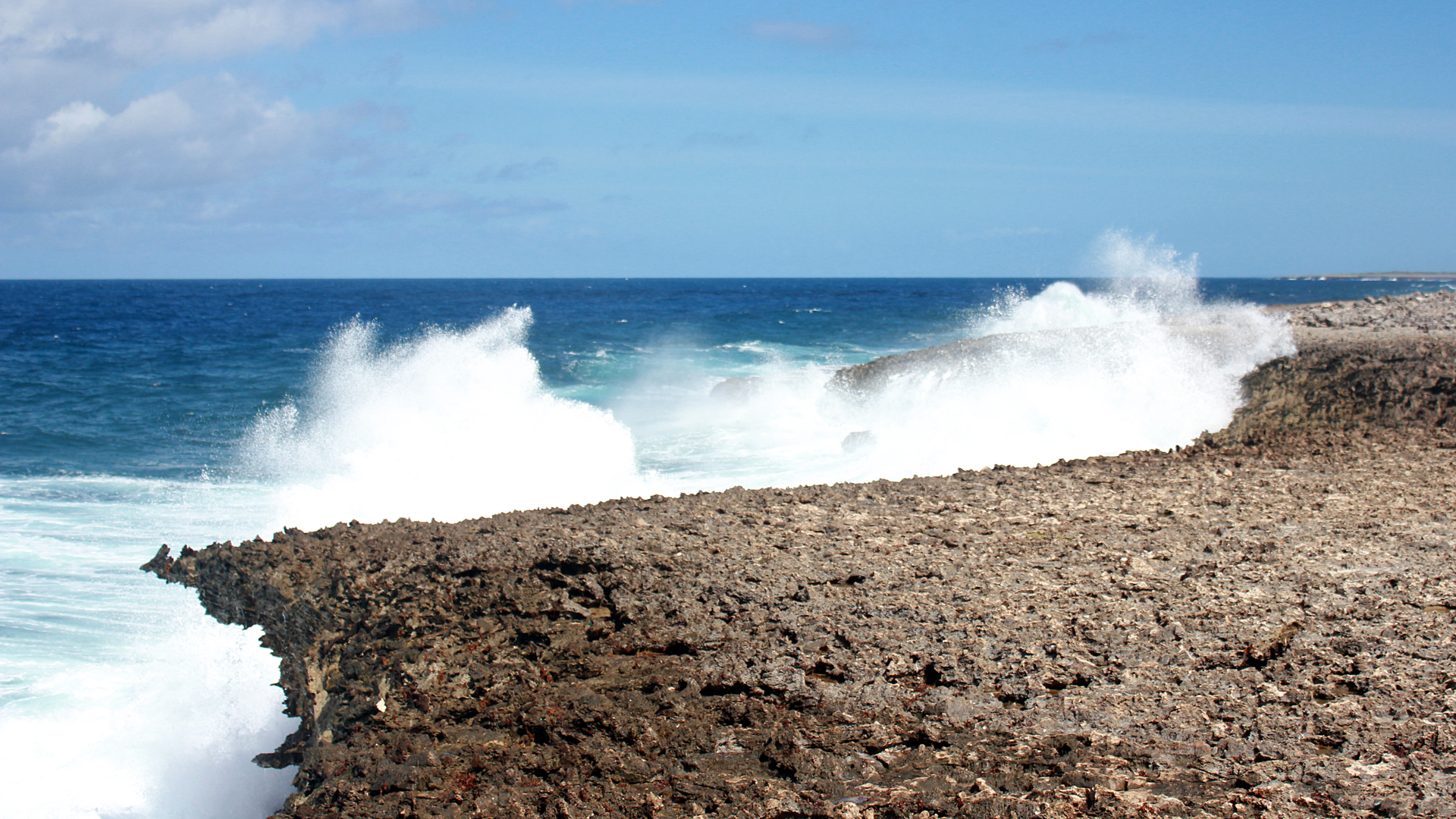
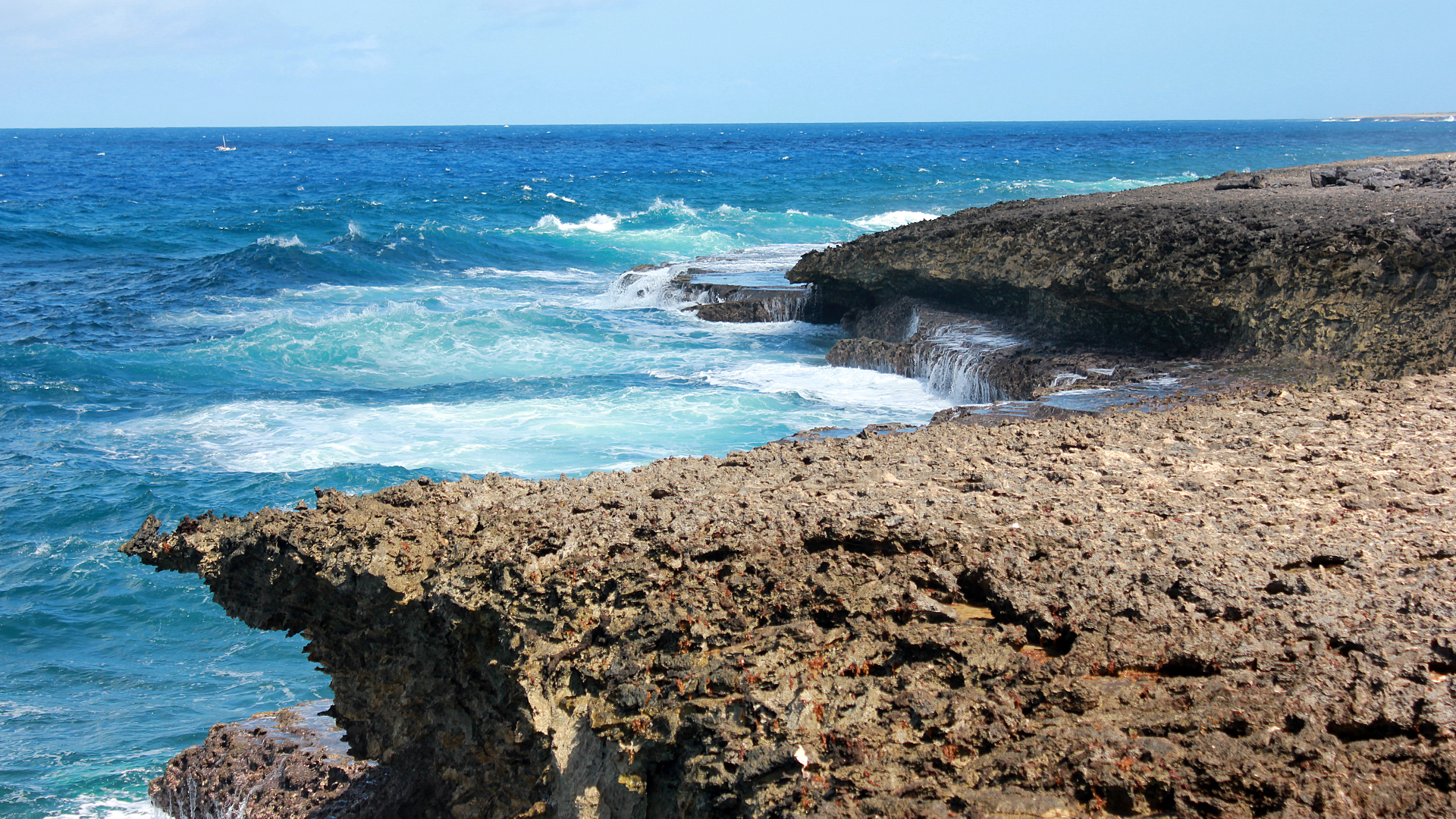
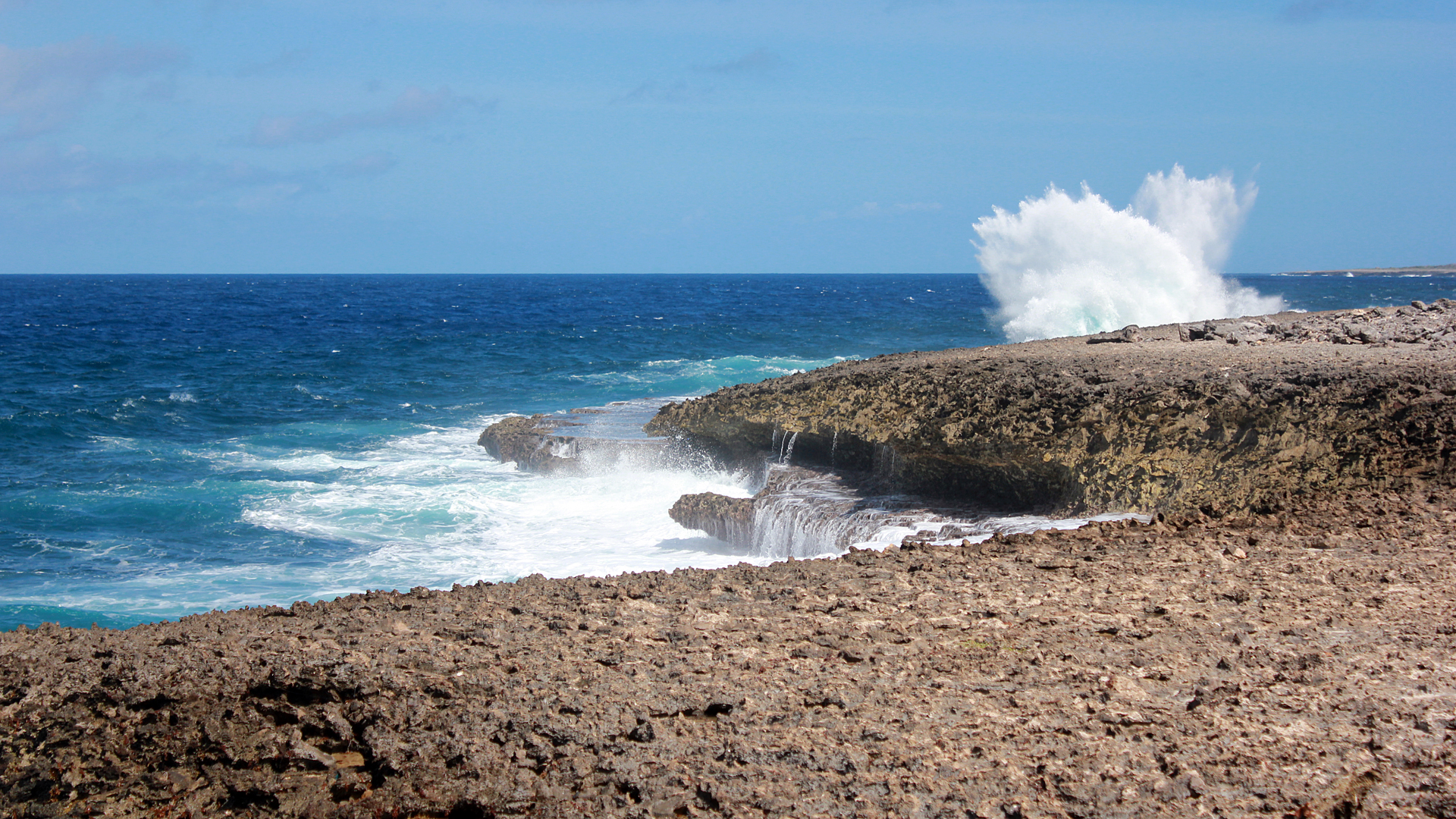
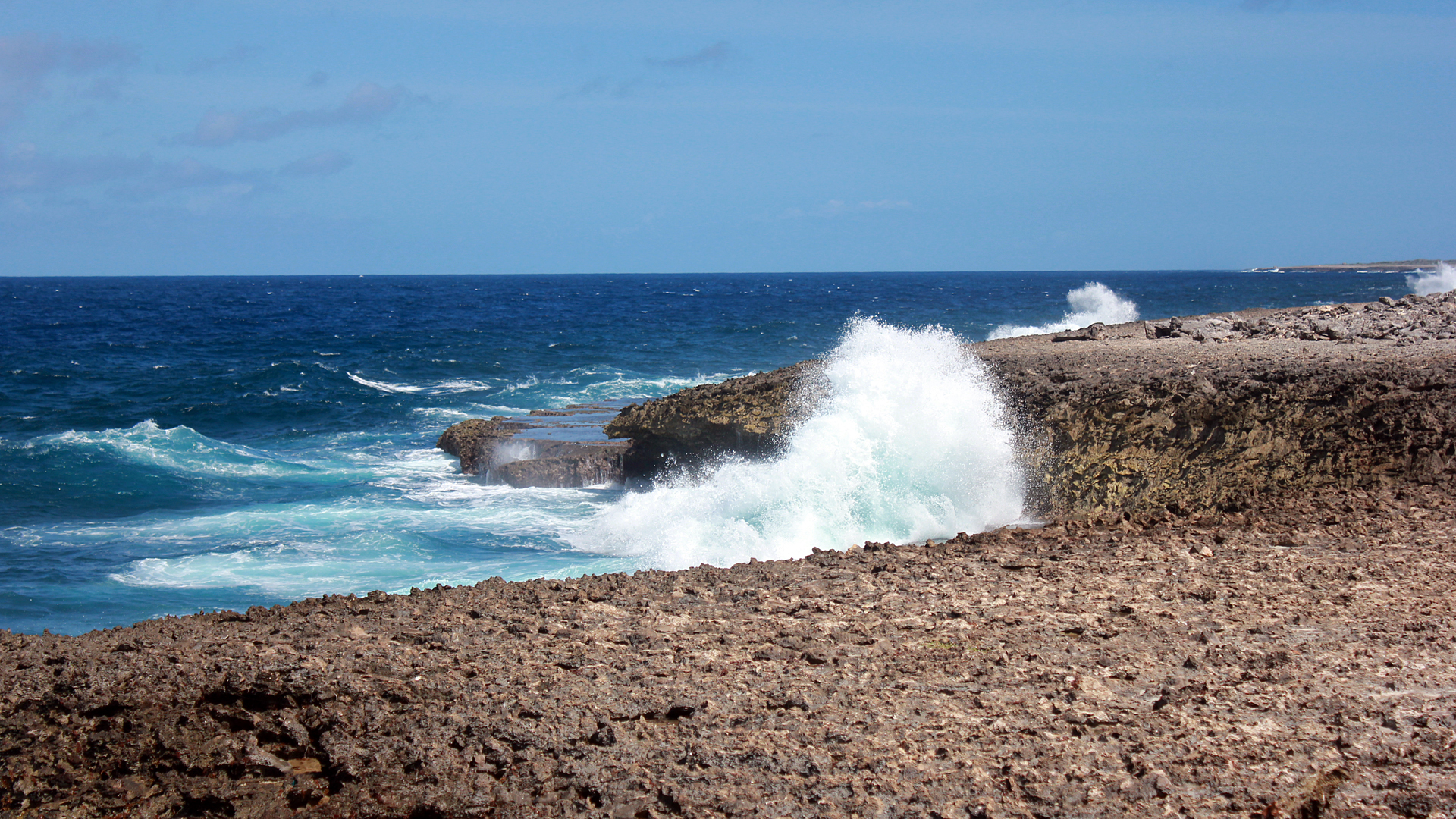
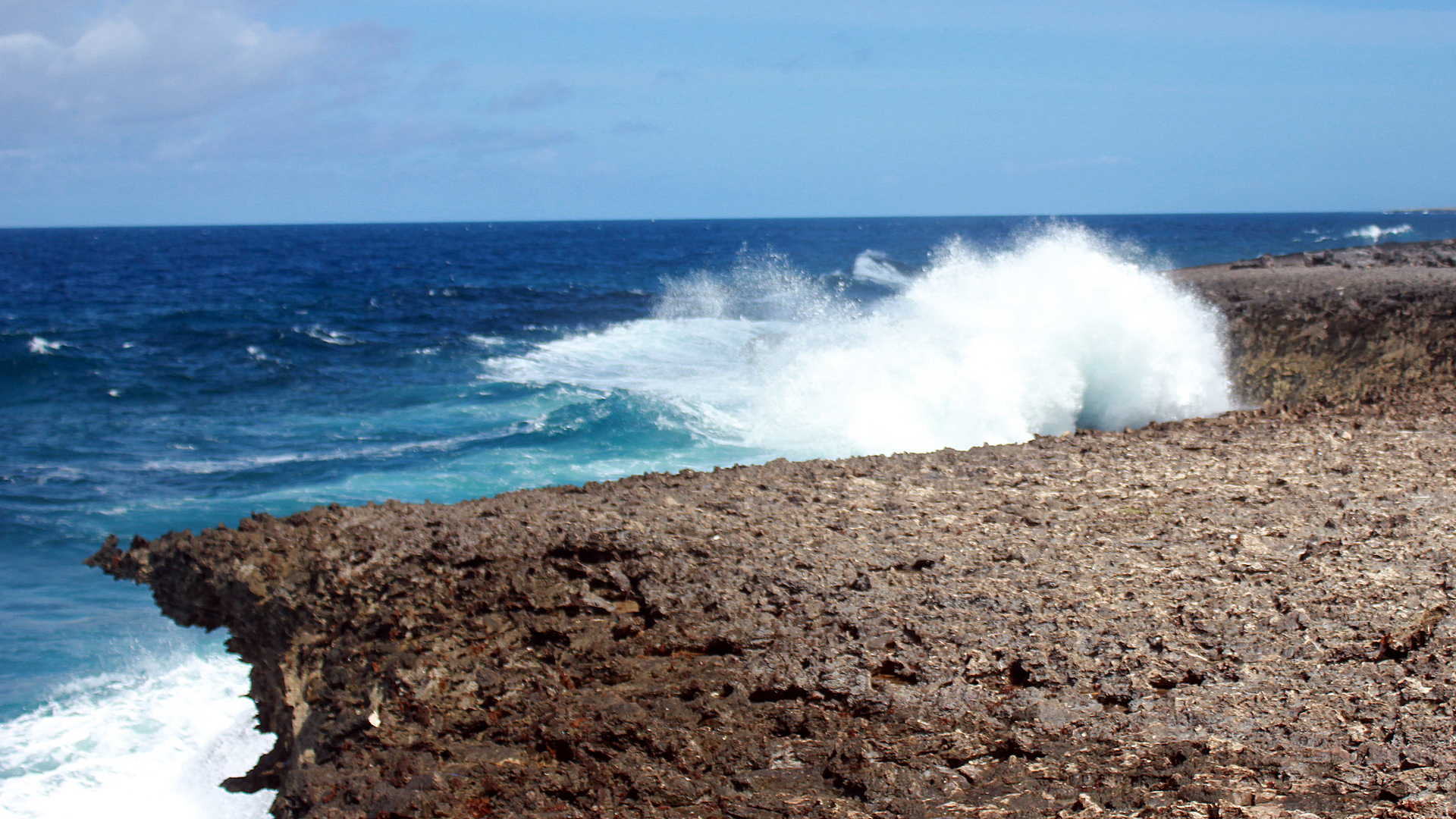
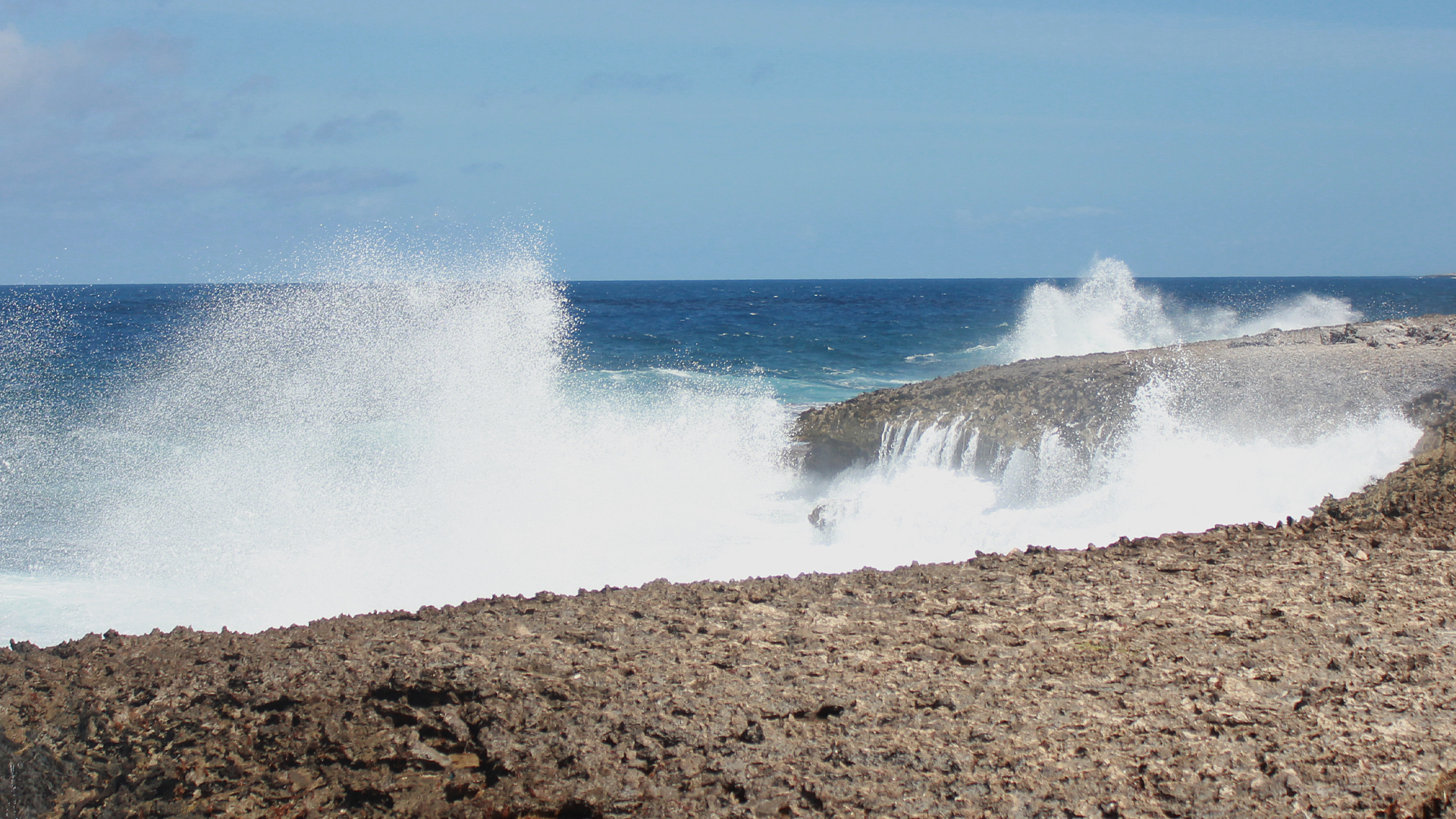
Pictures of Pink Flamingos
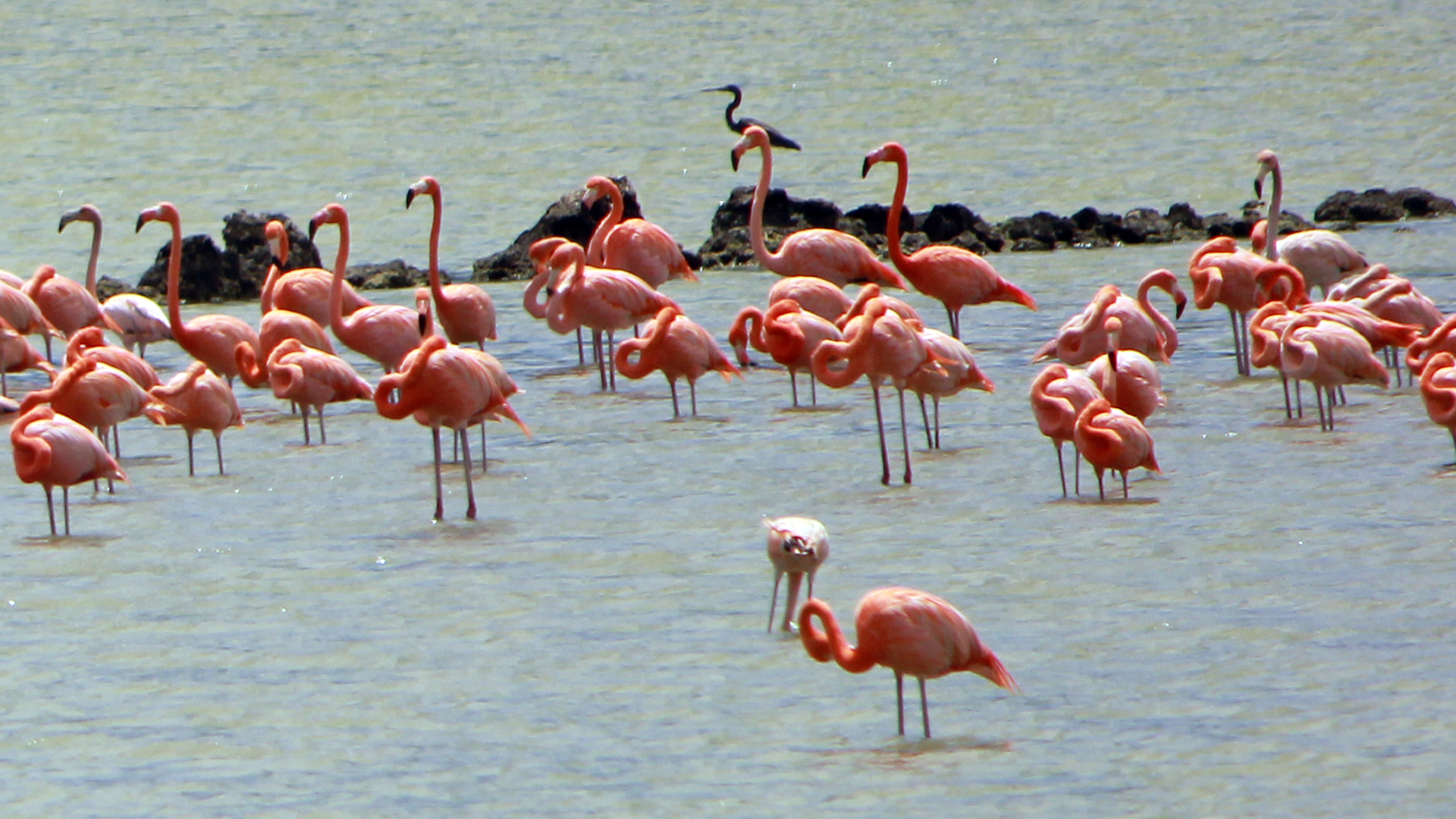
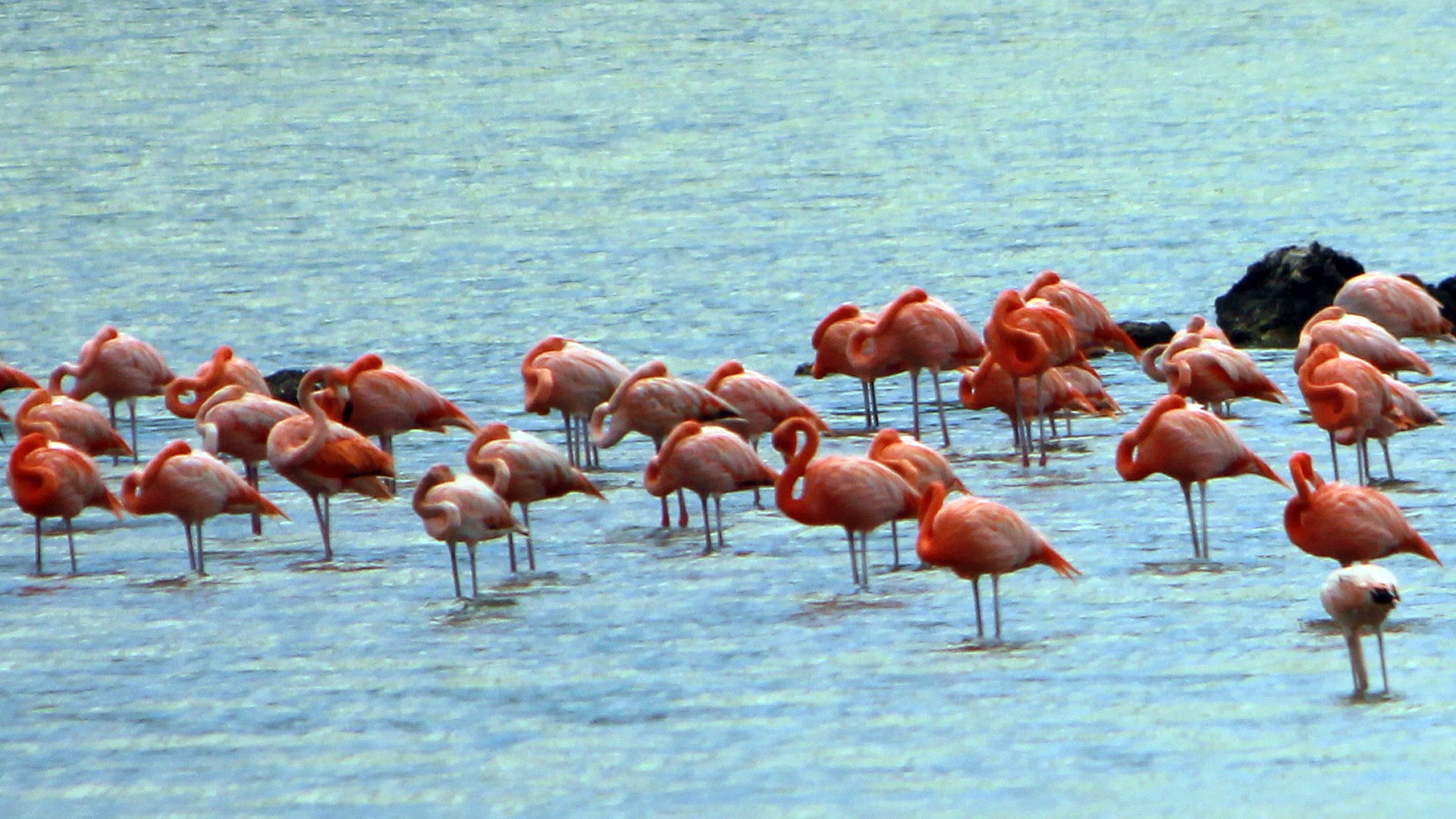
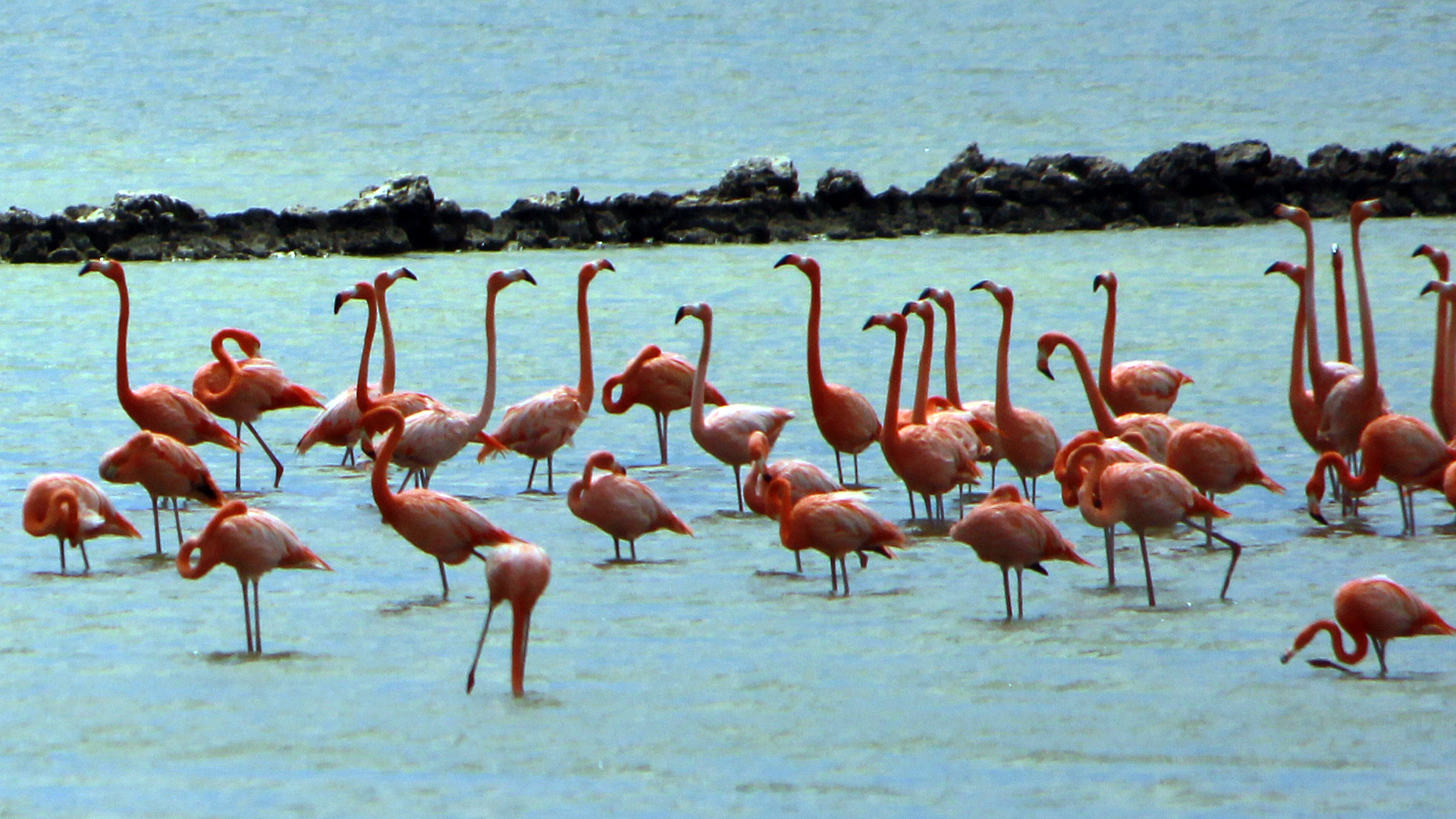
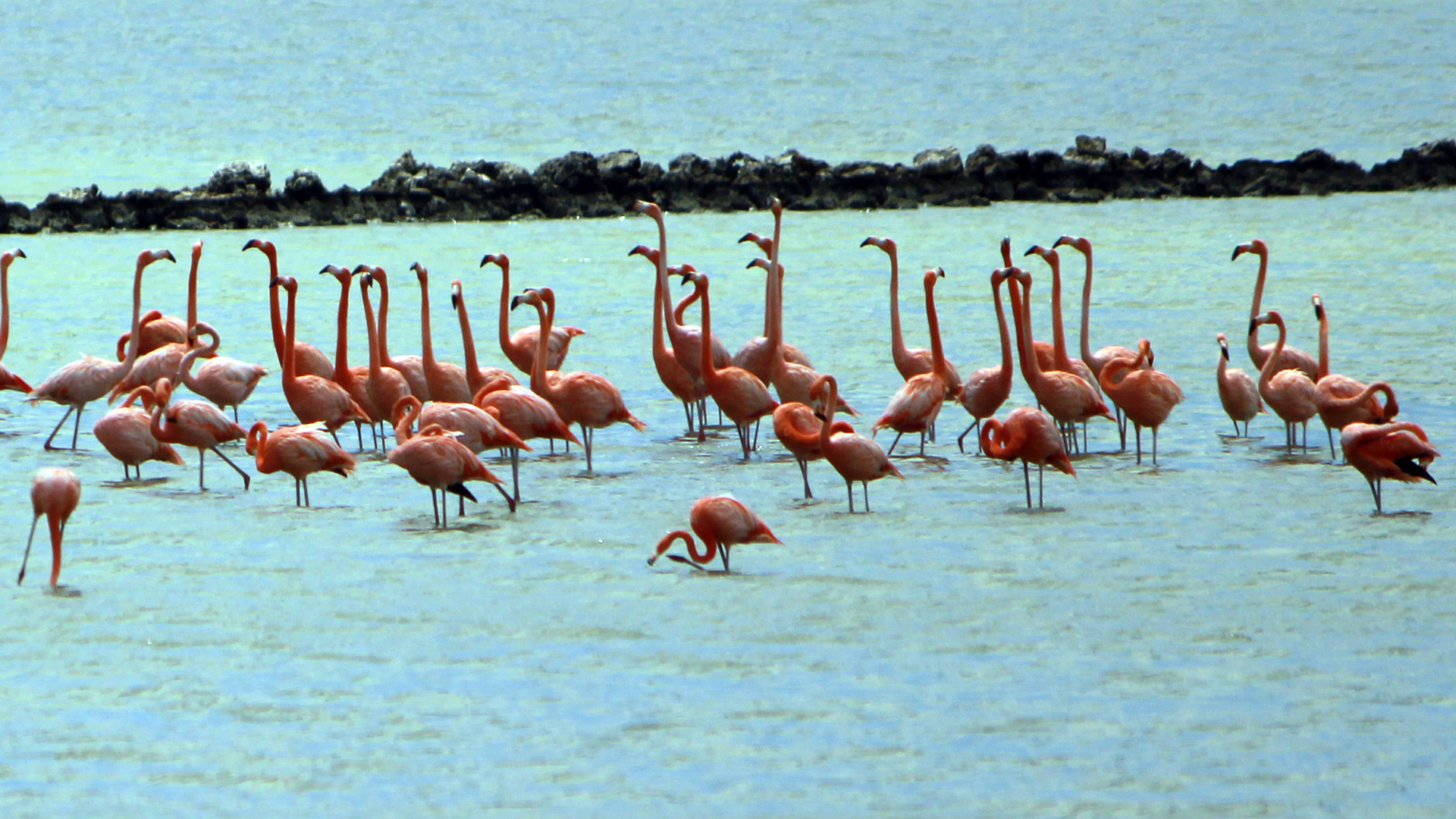
Pictures from around Willemstad, Curacao
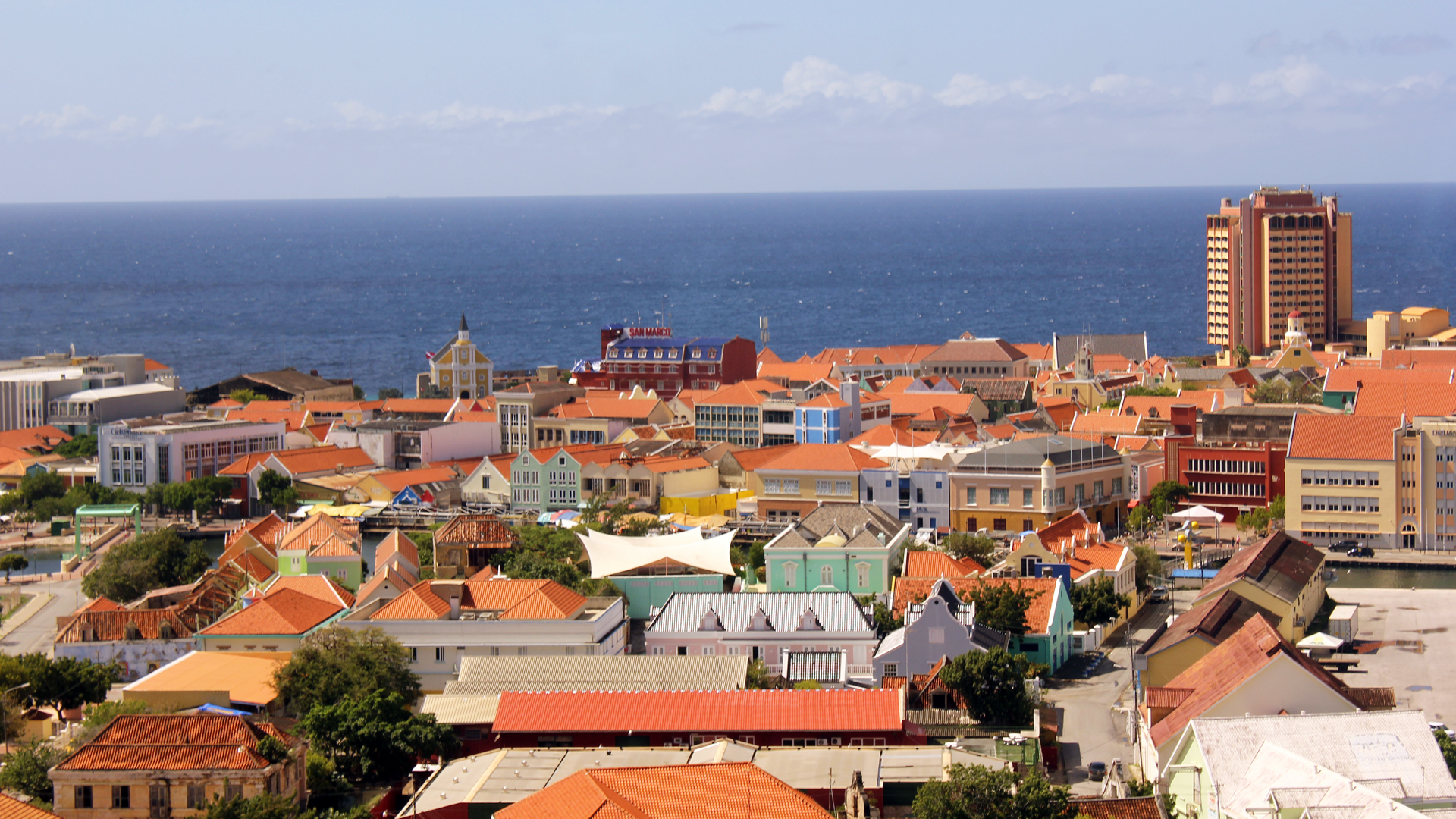
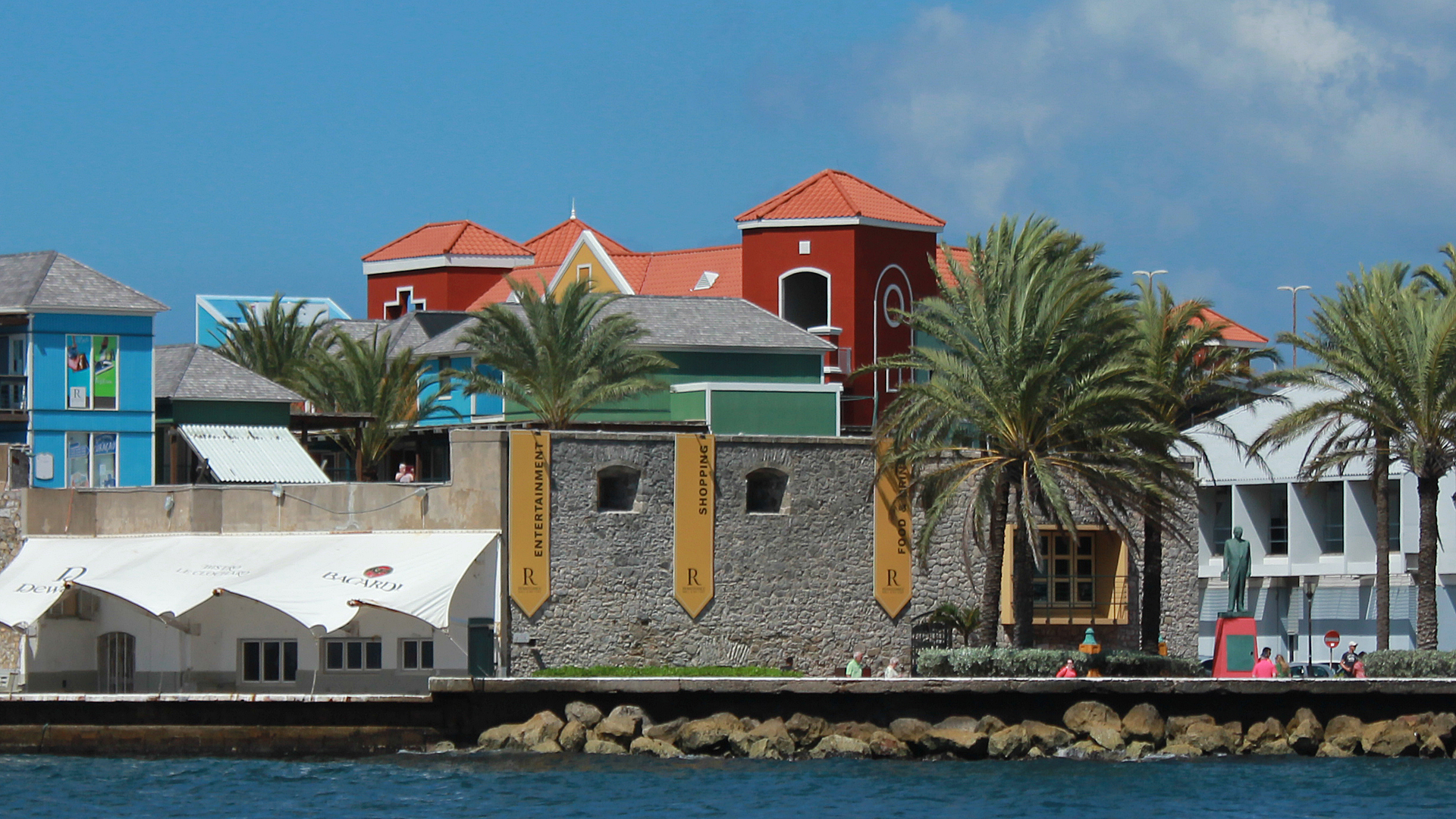
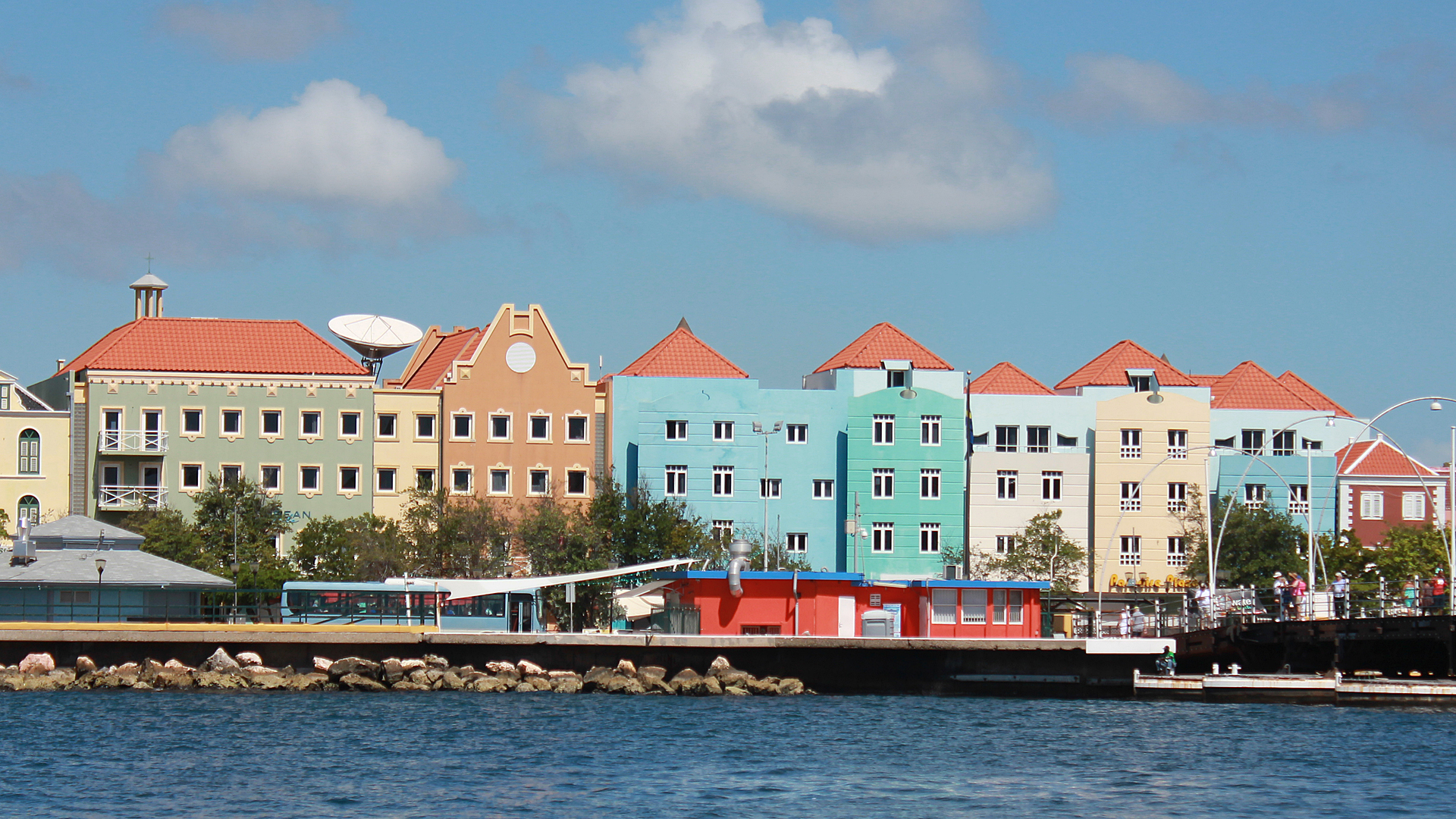
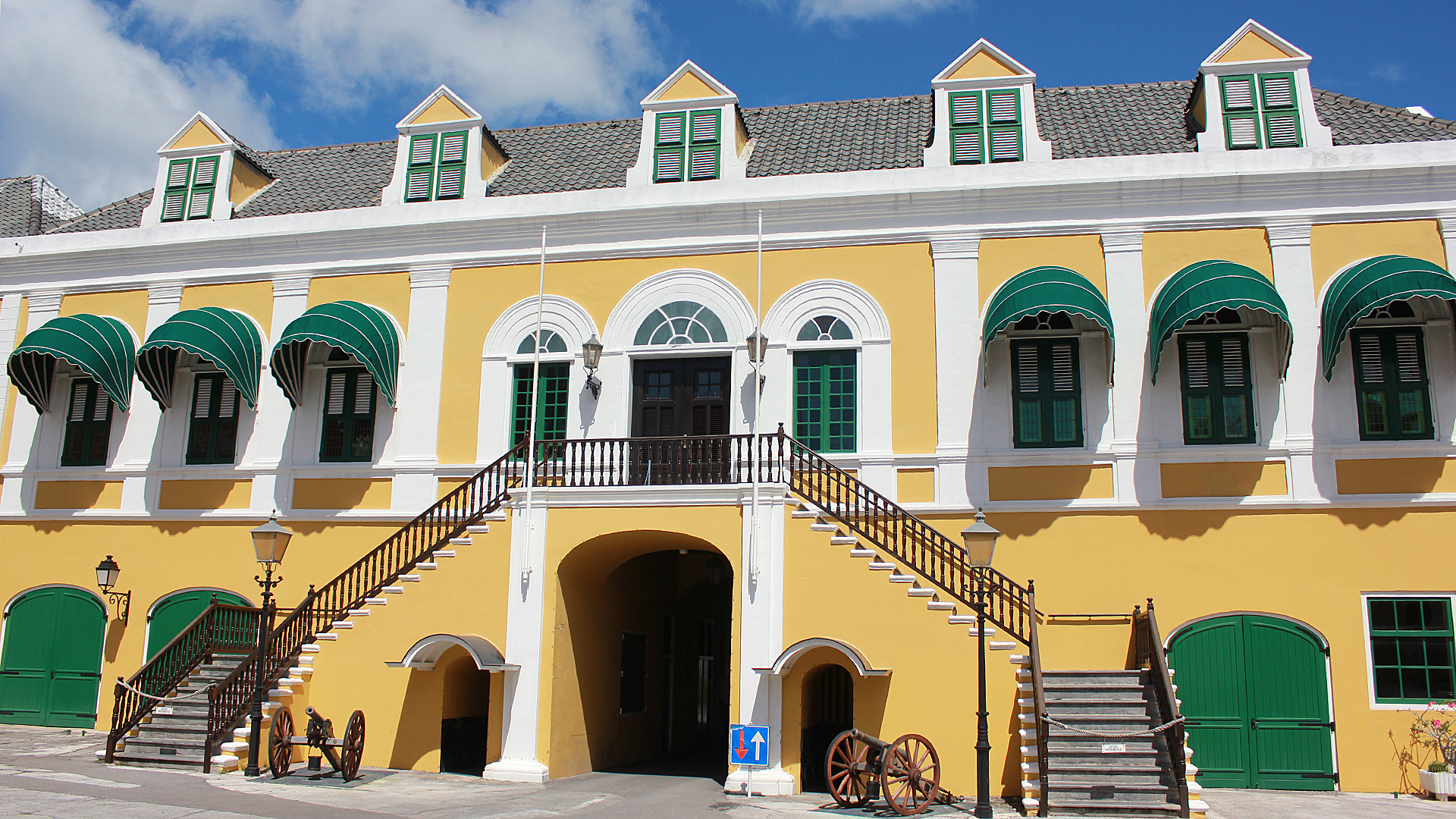
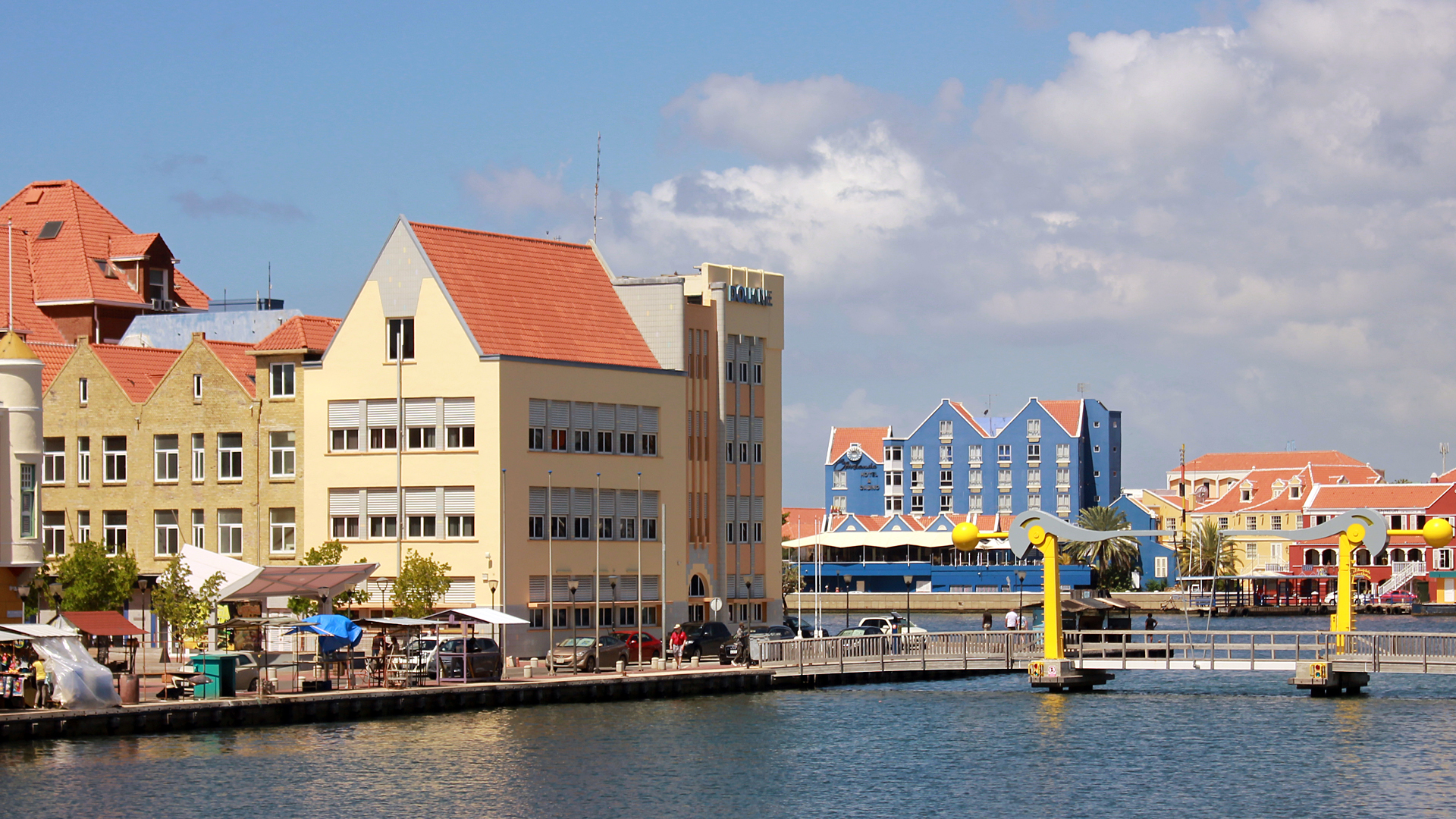
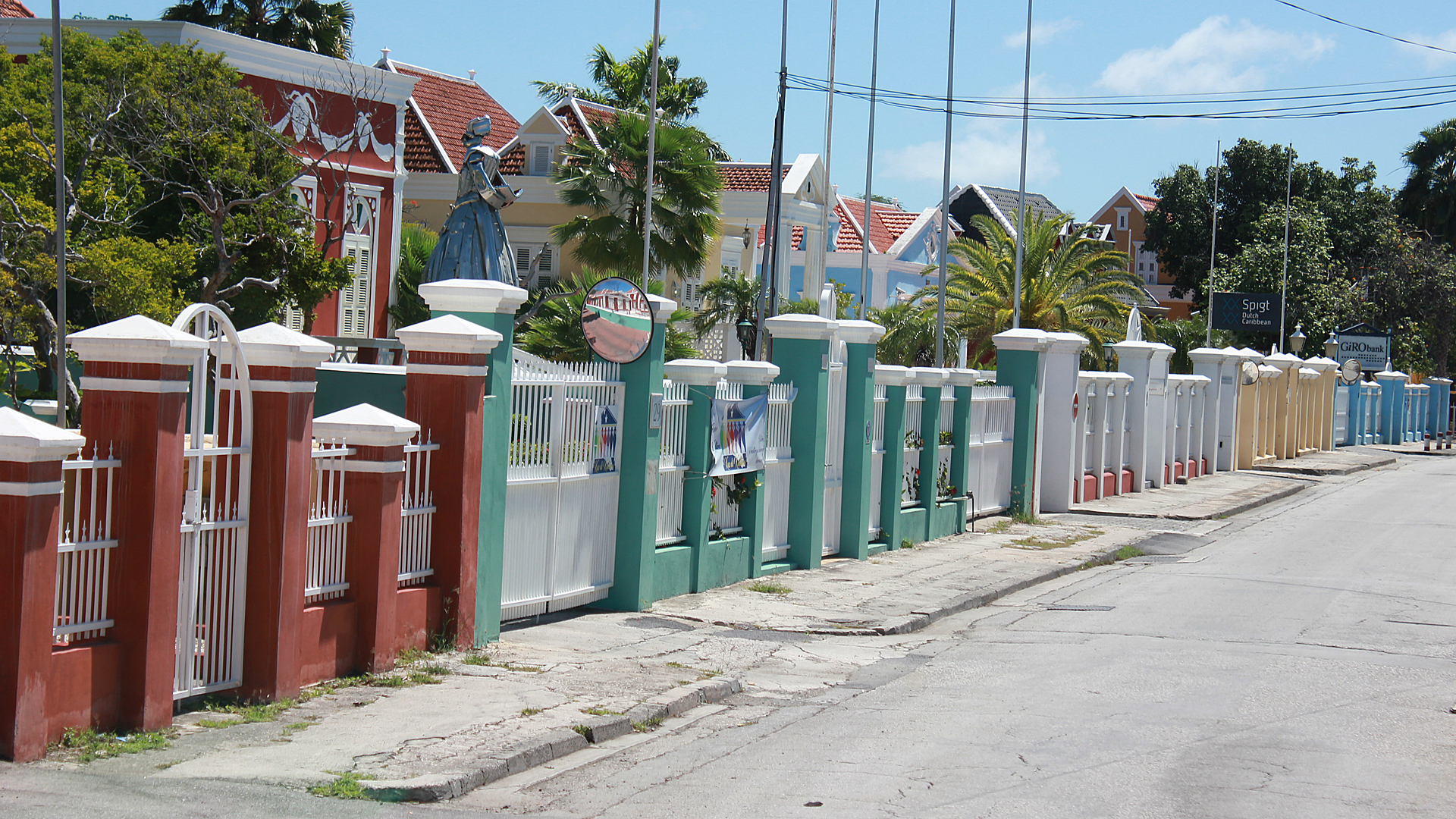
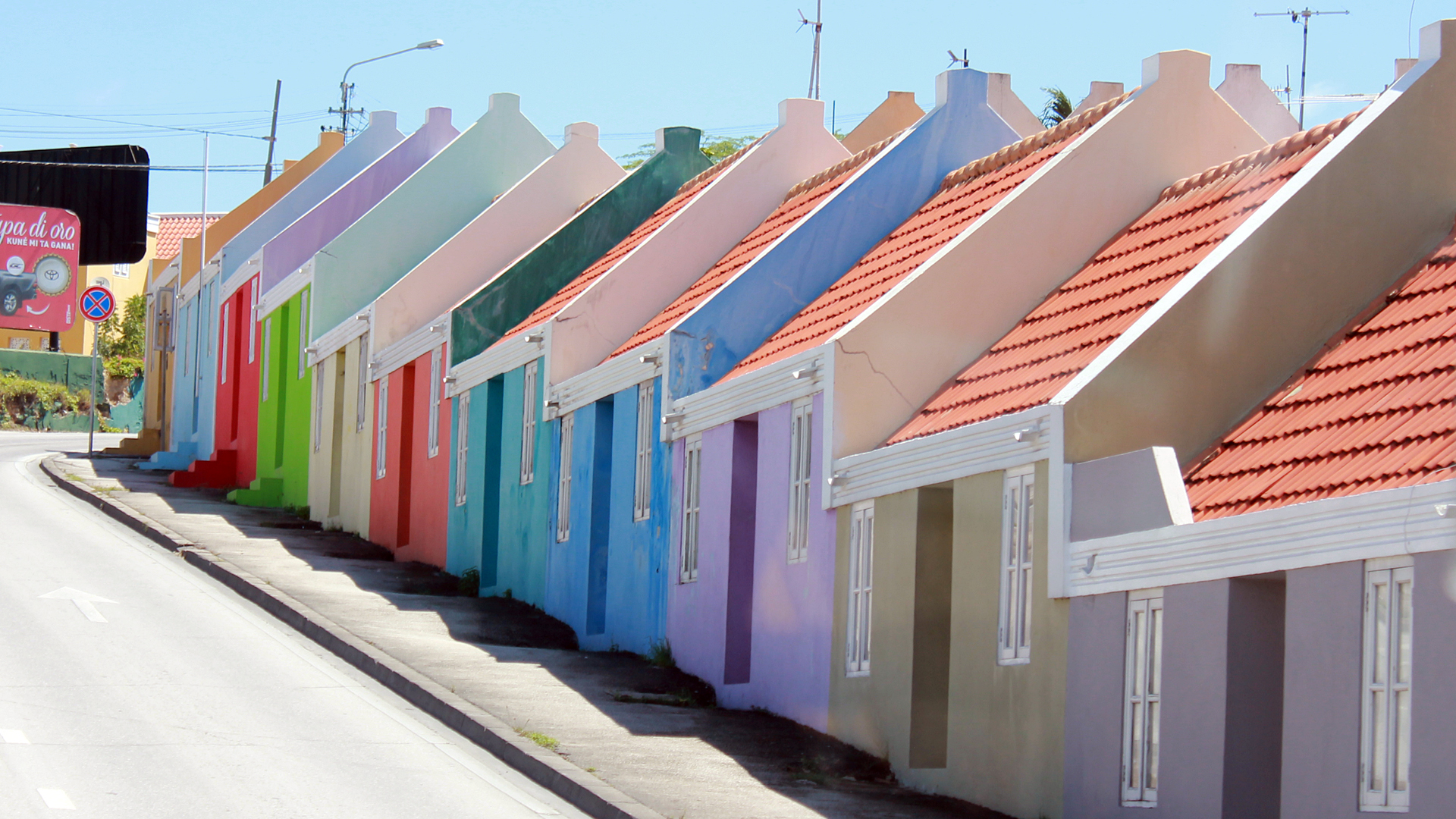
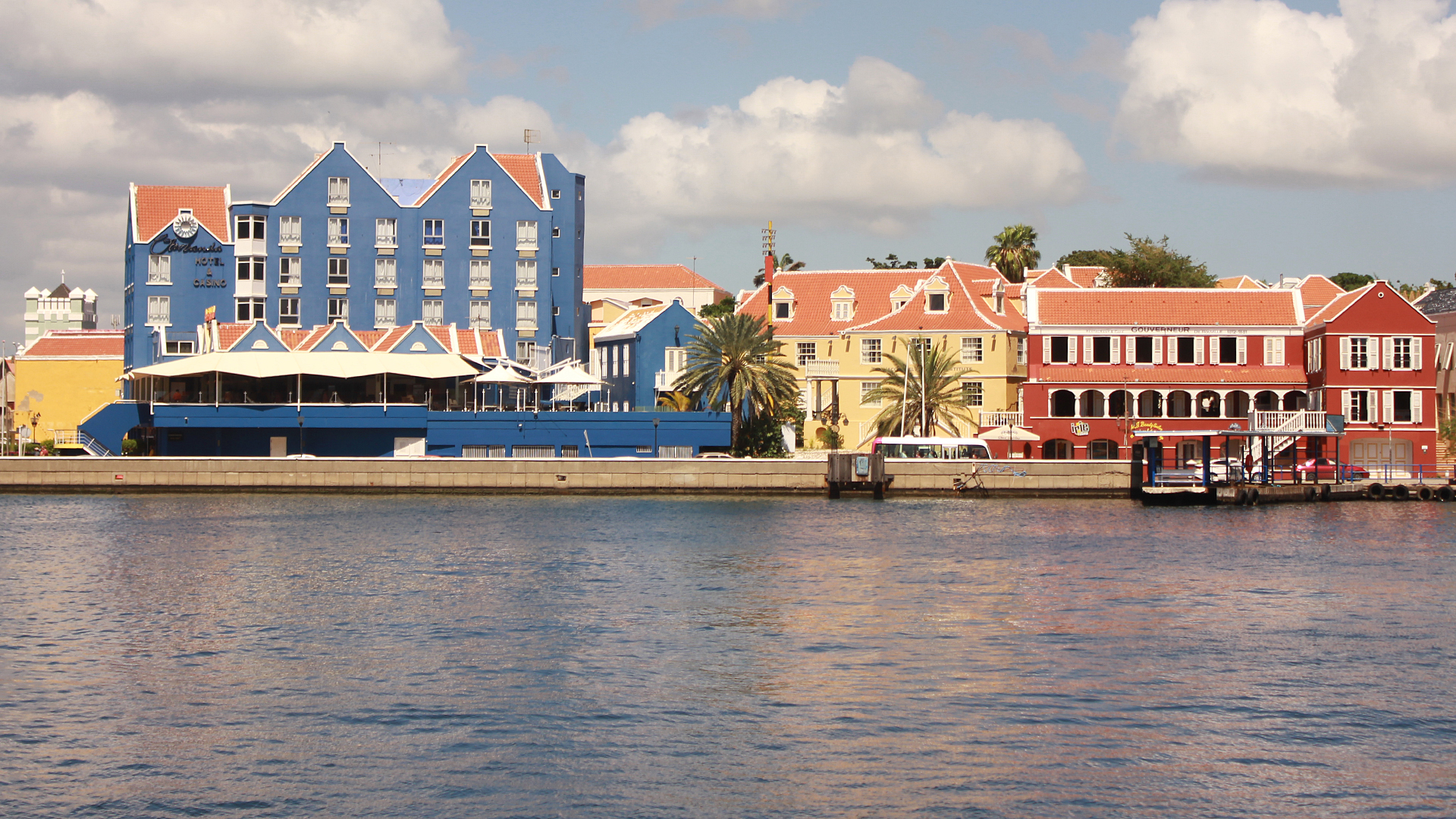
Misc Plants
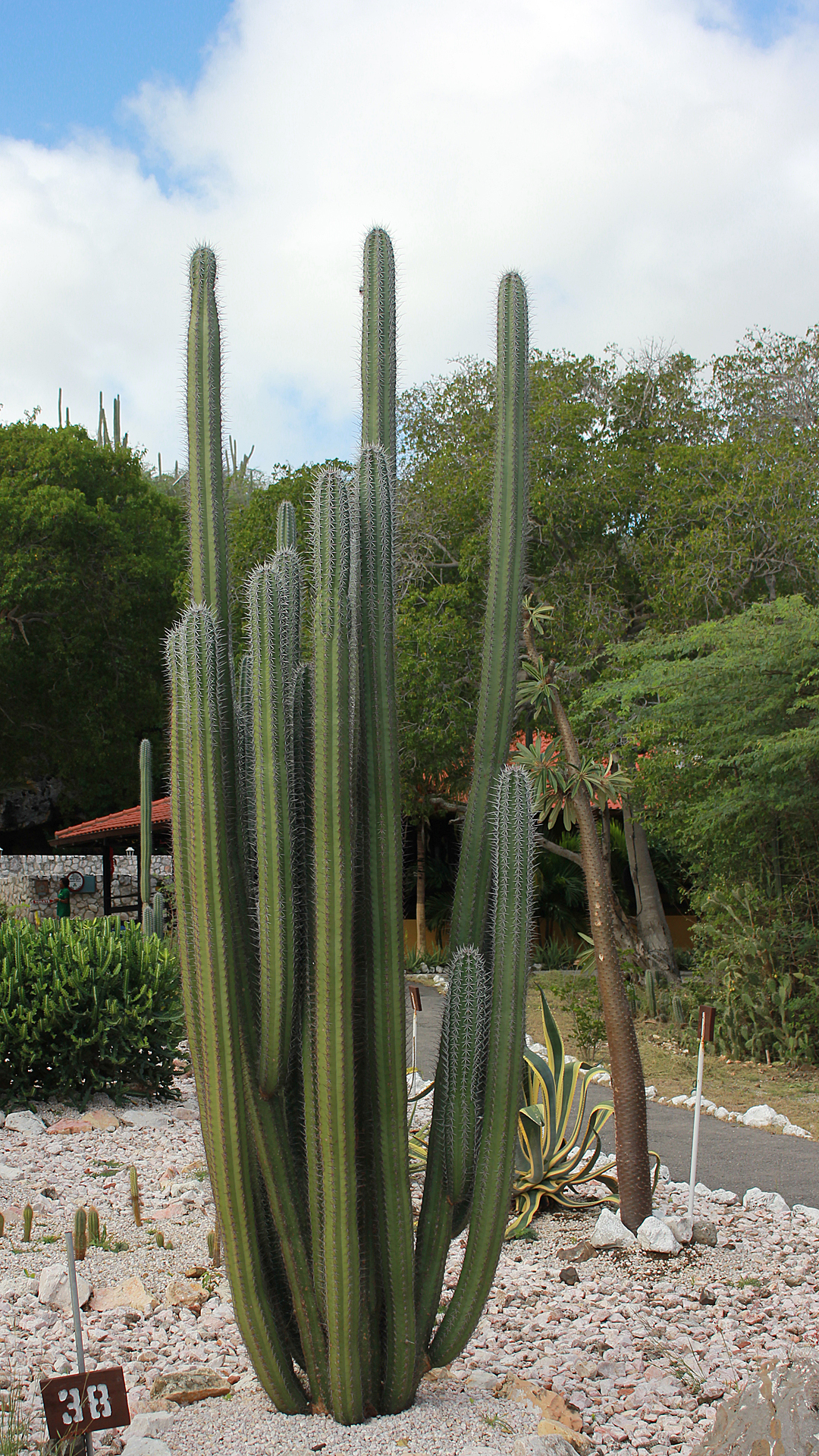
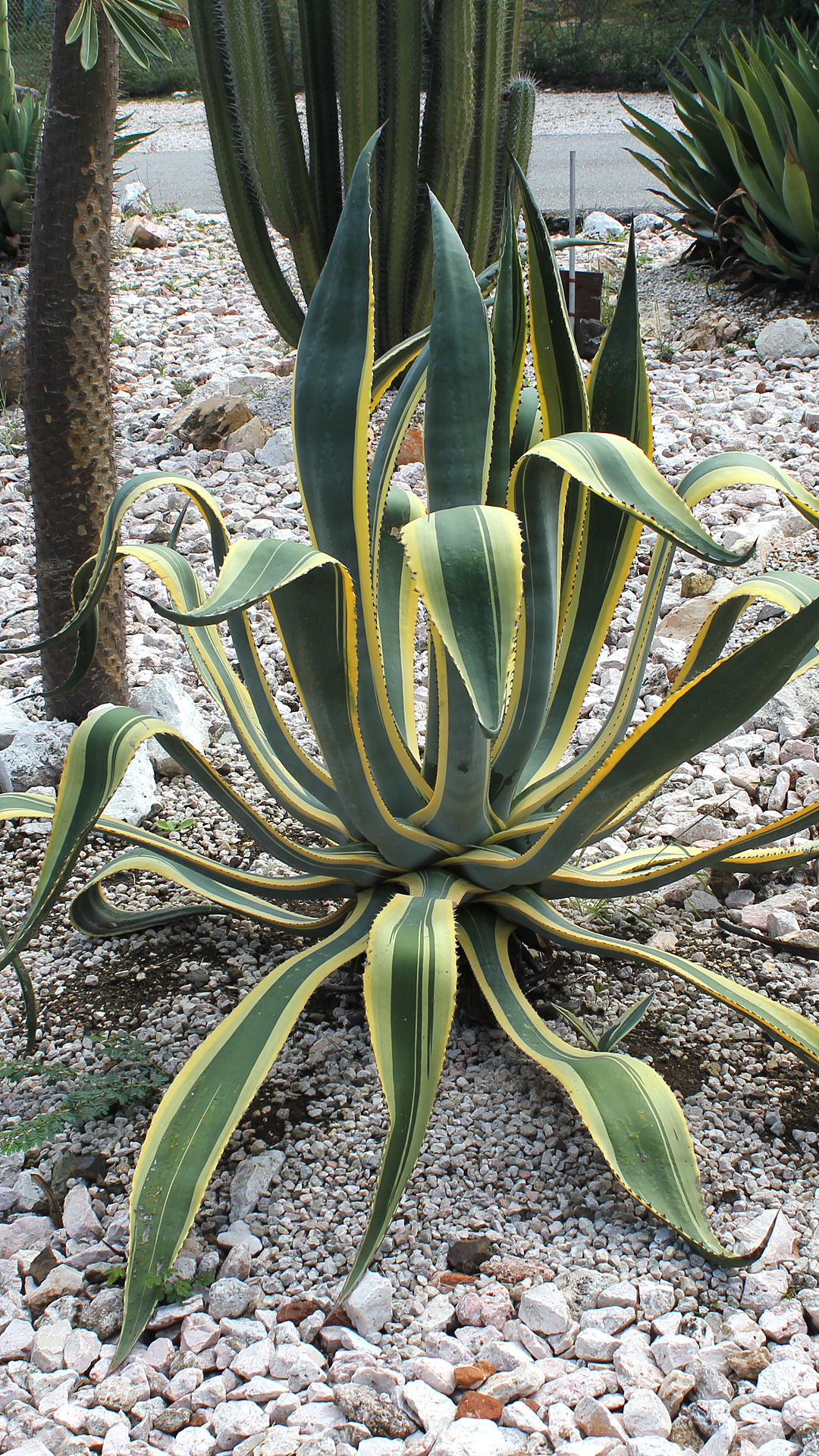
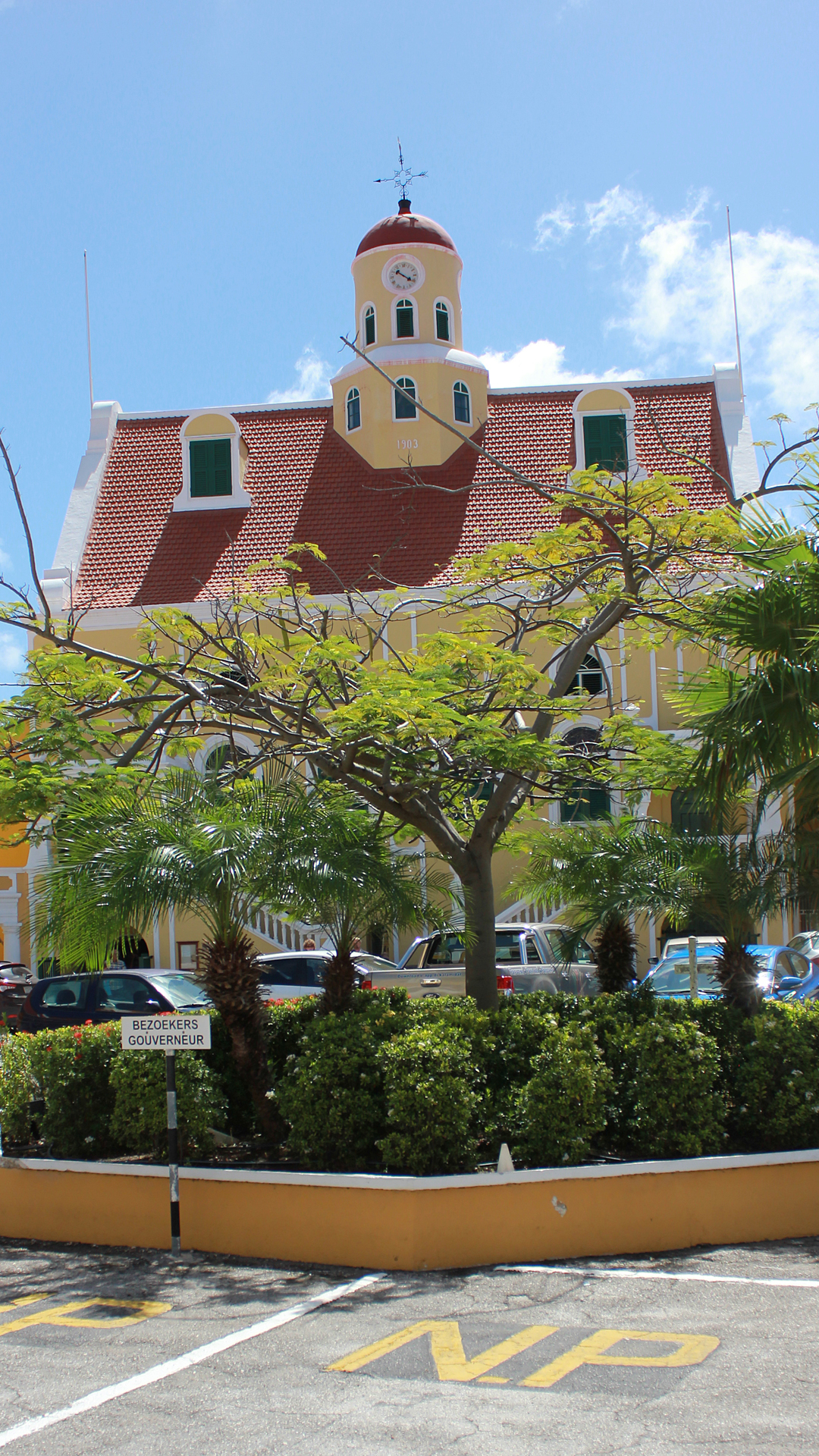
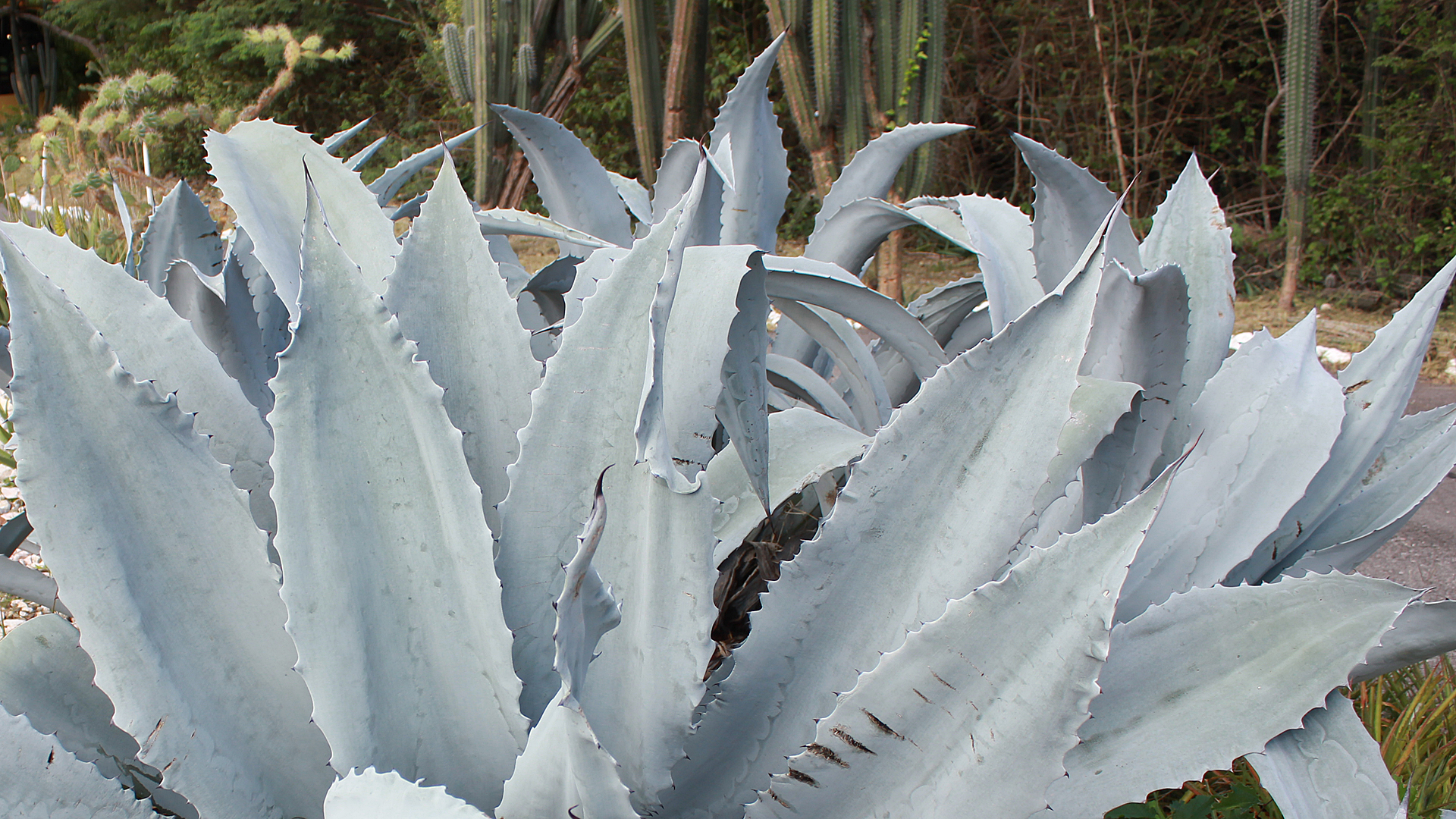
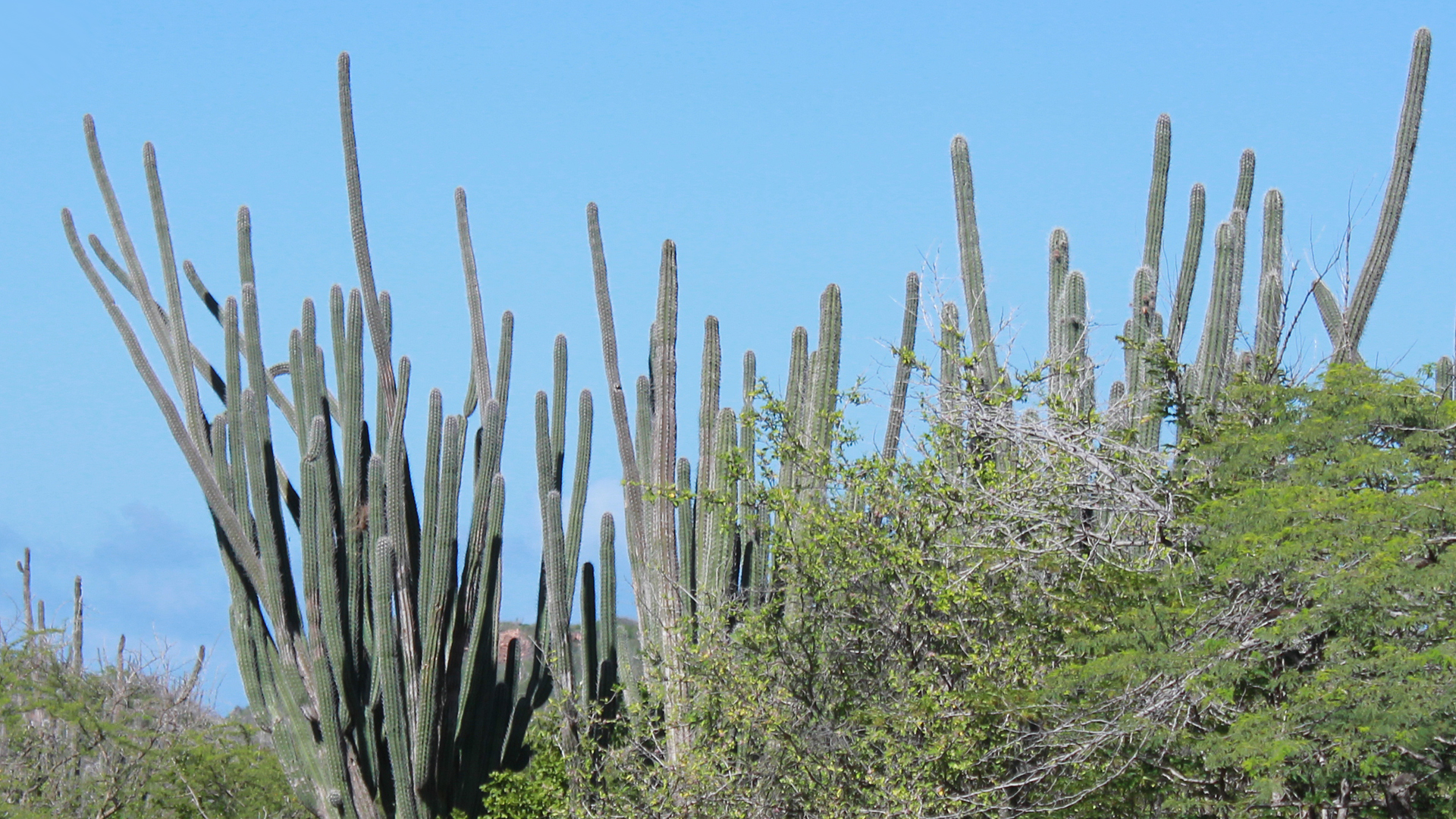
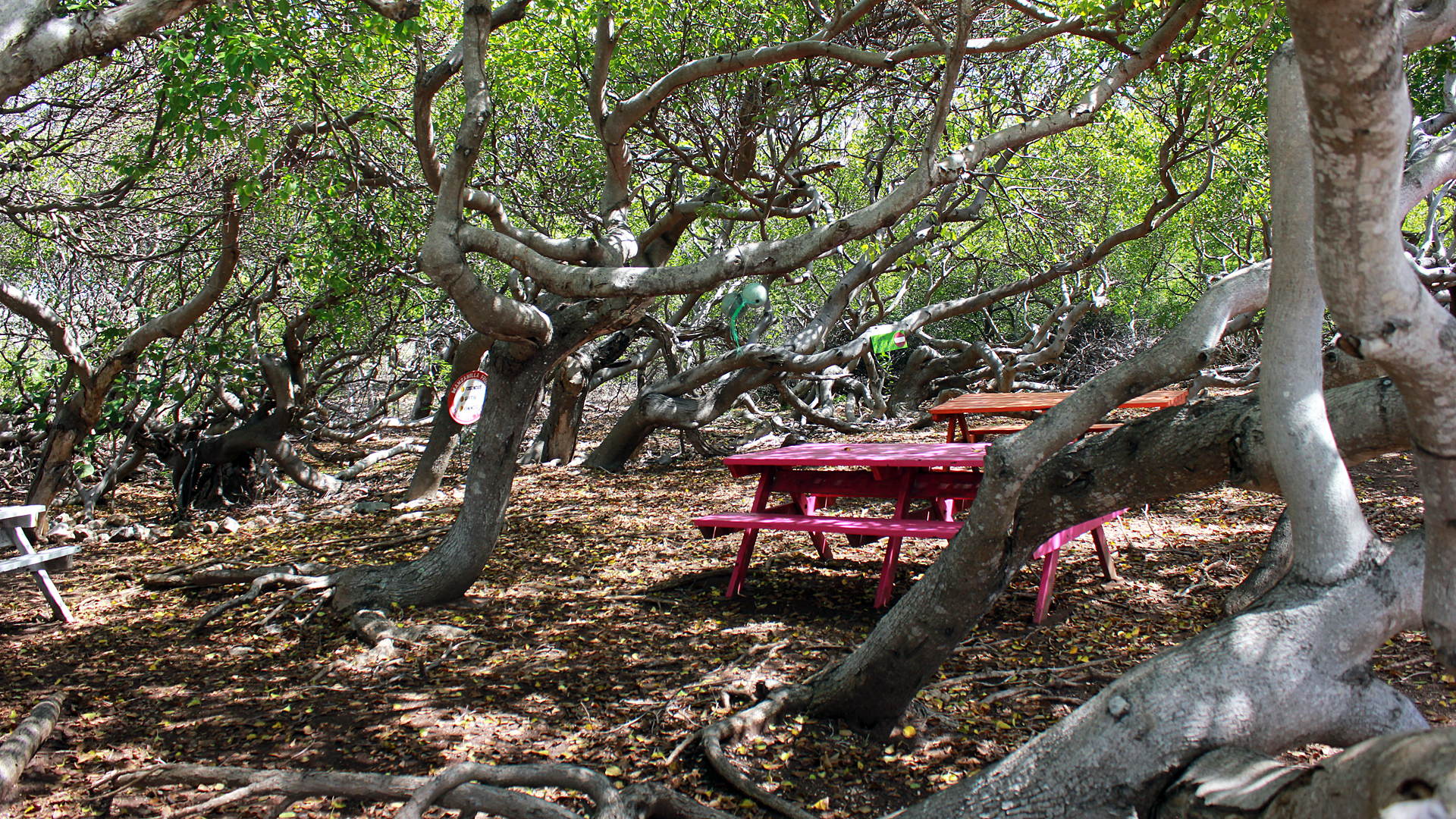
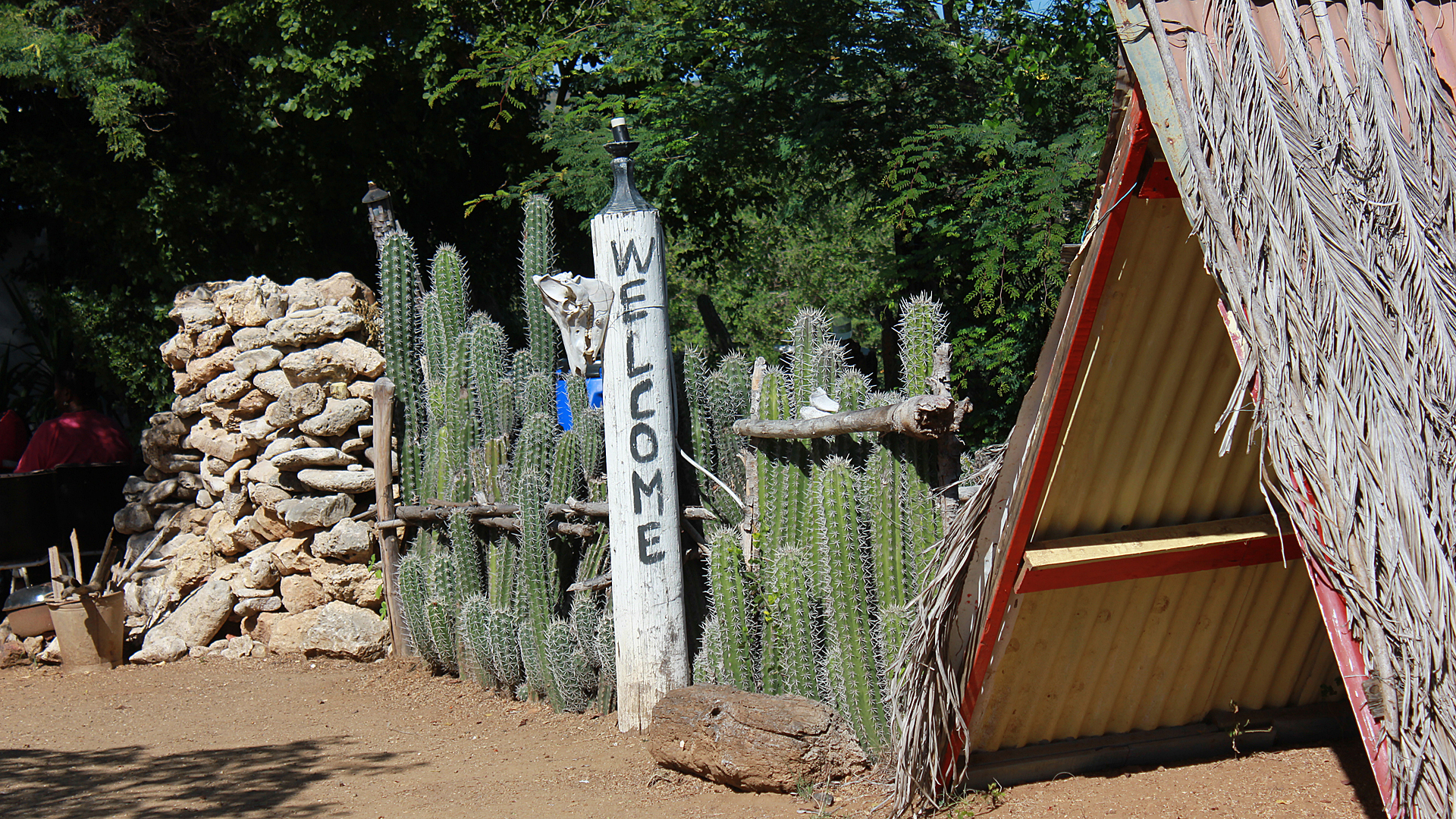
Misc Pictures...then it is back to the Ship
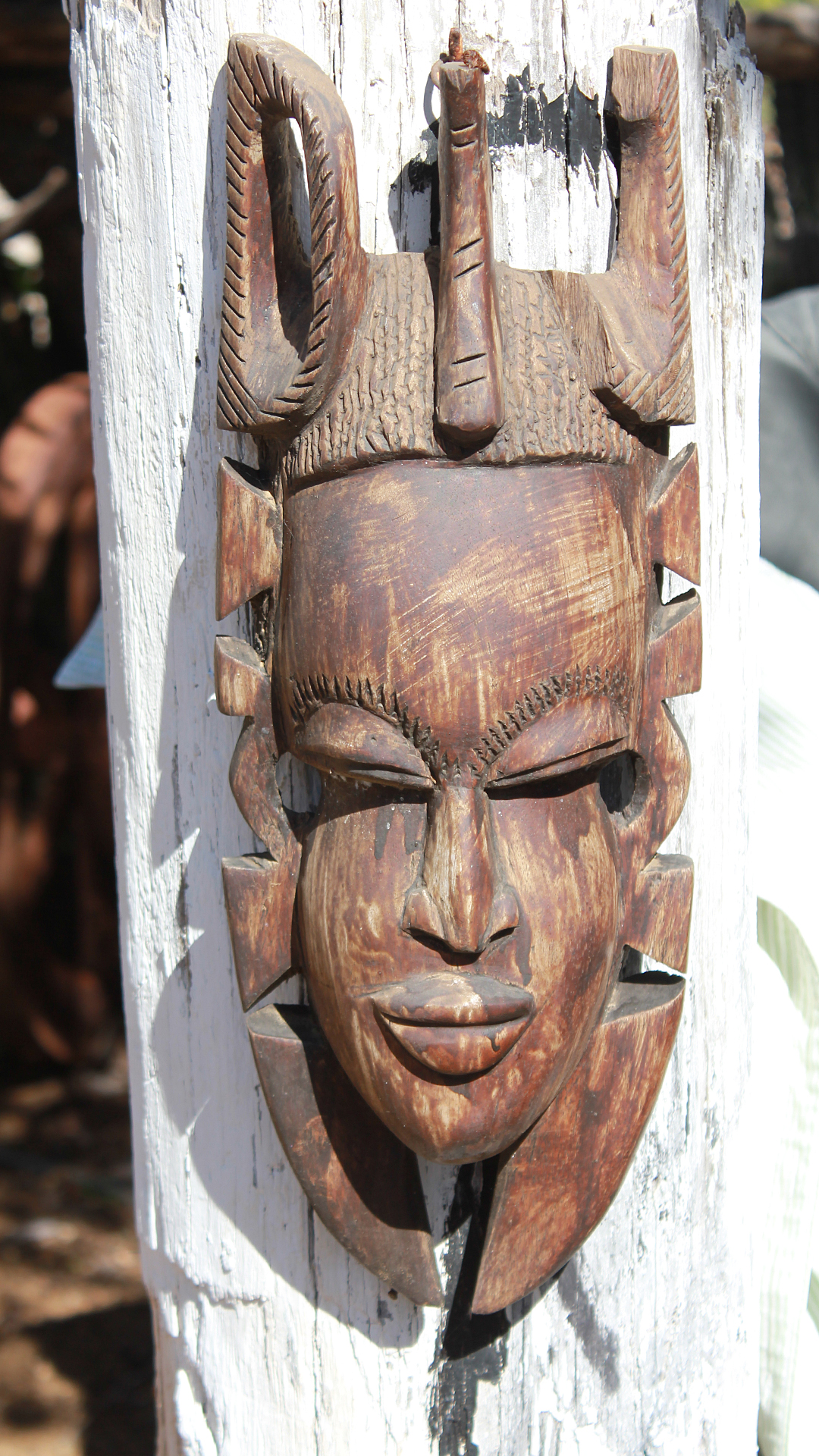
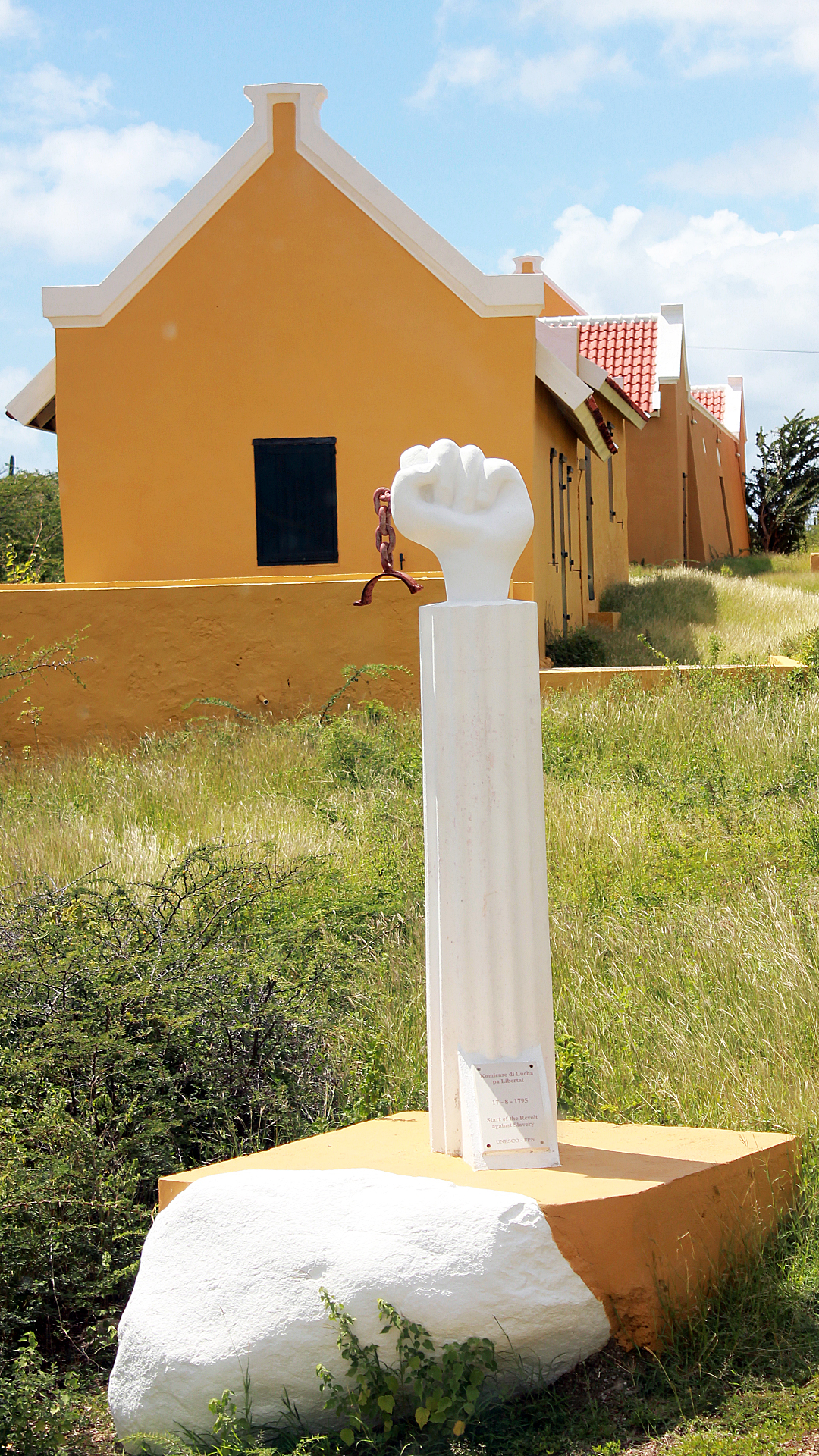
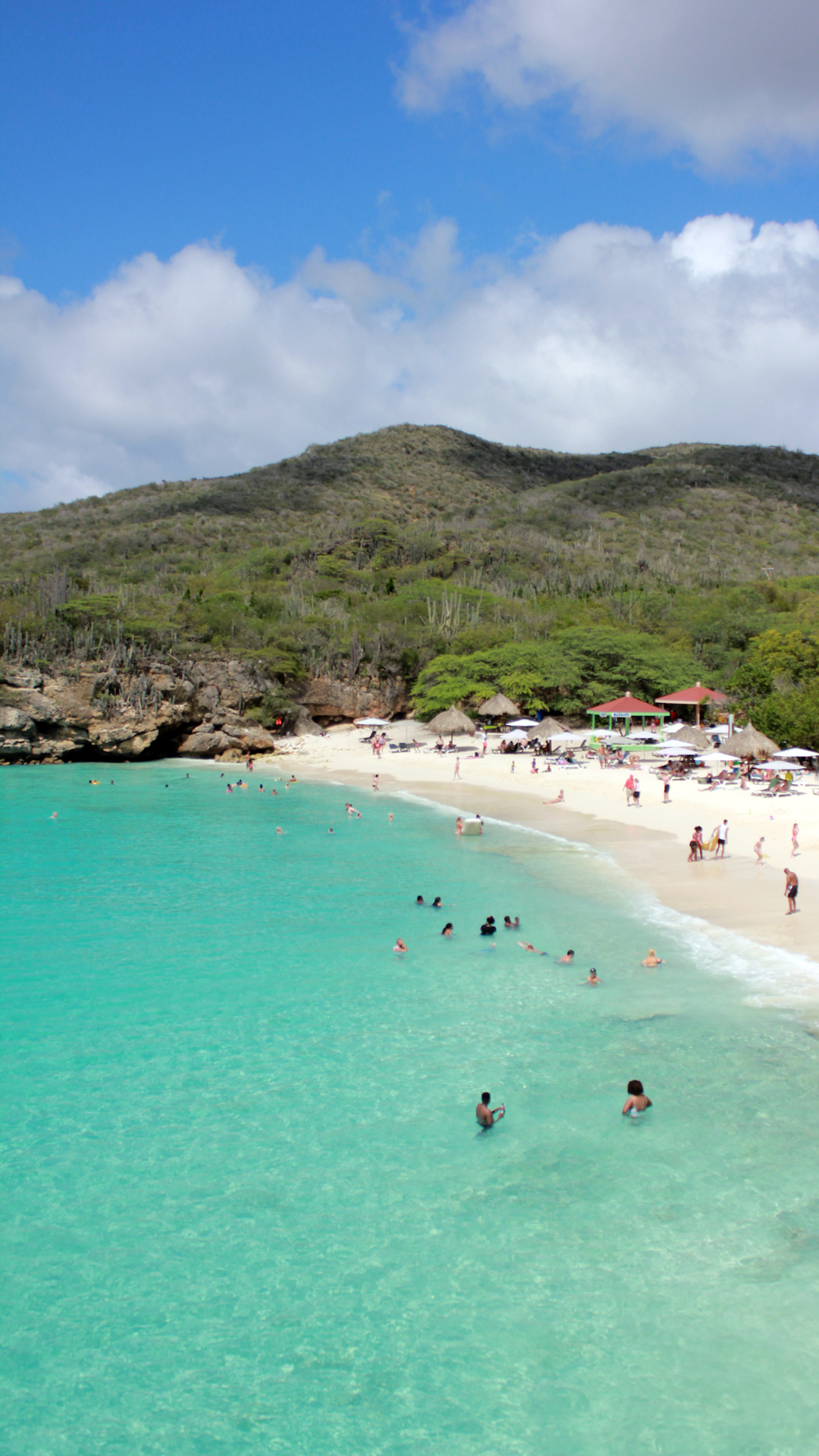
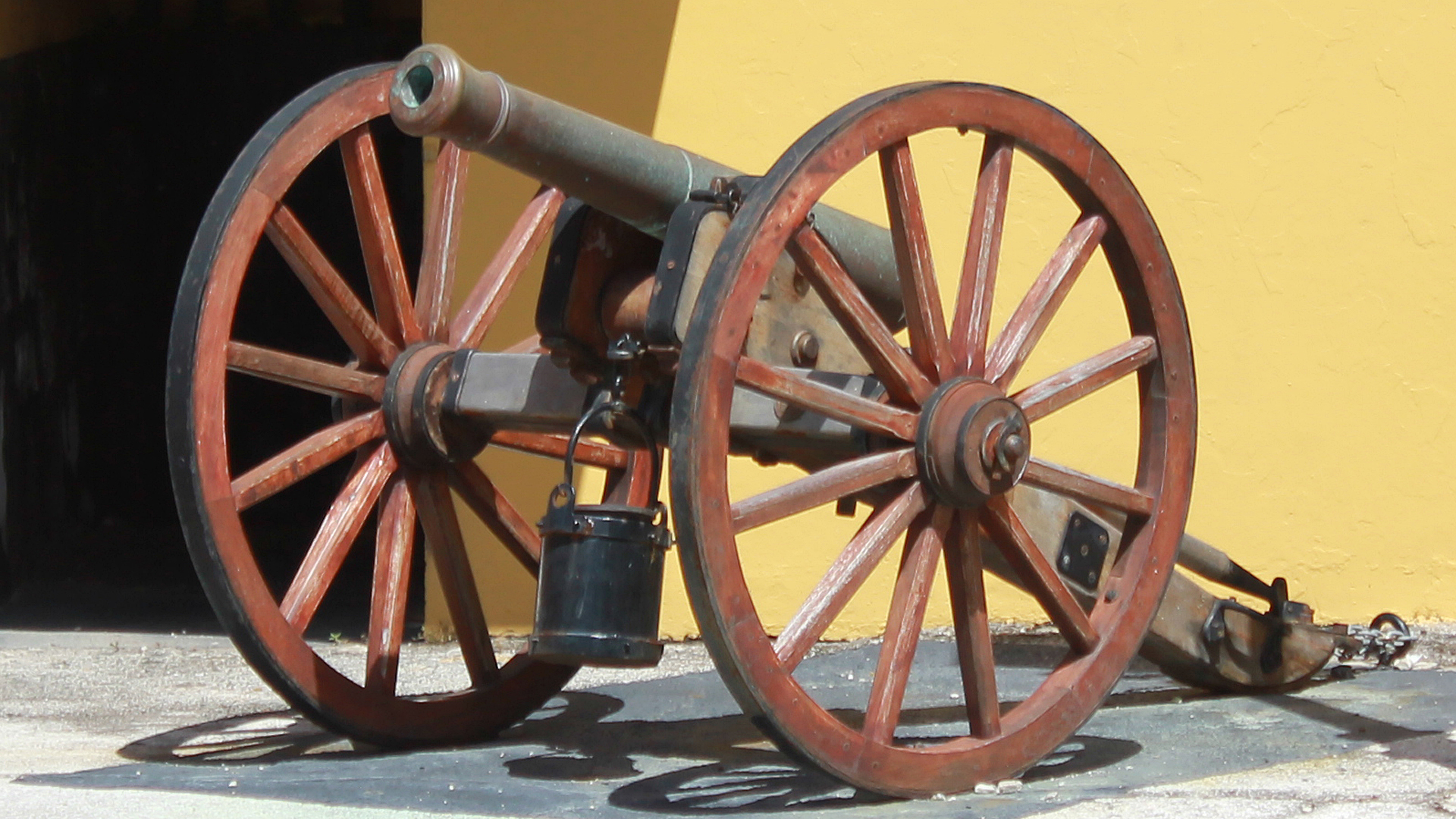
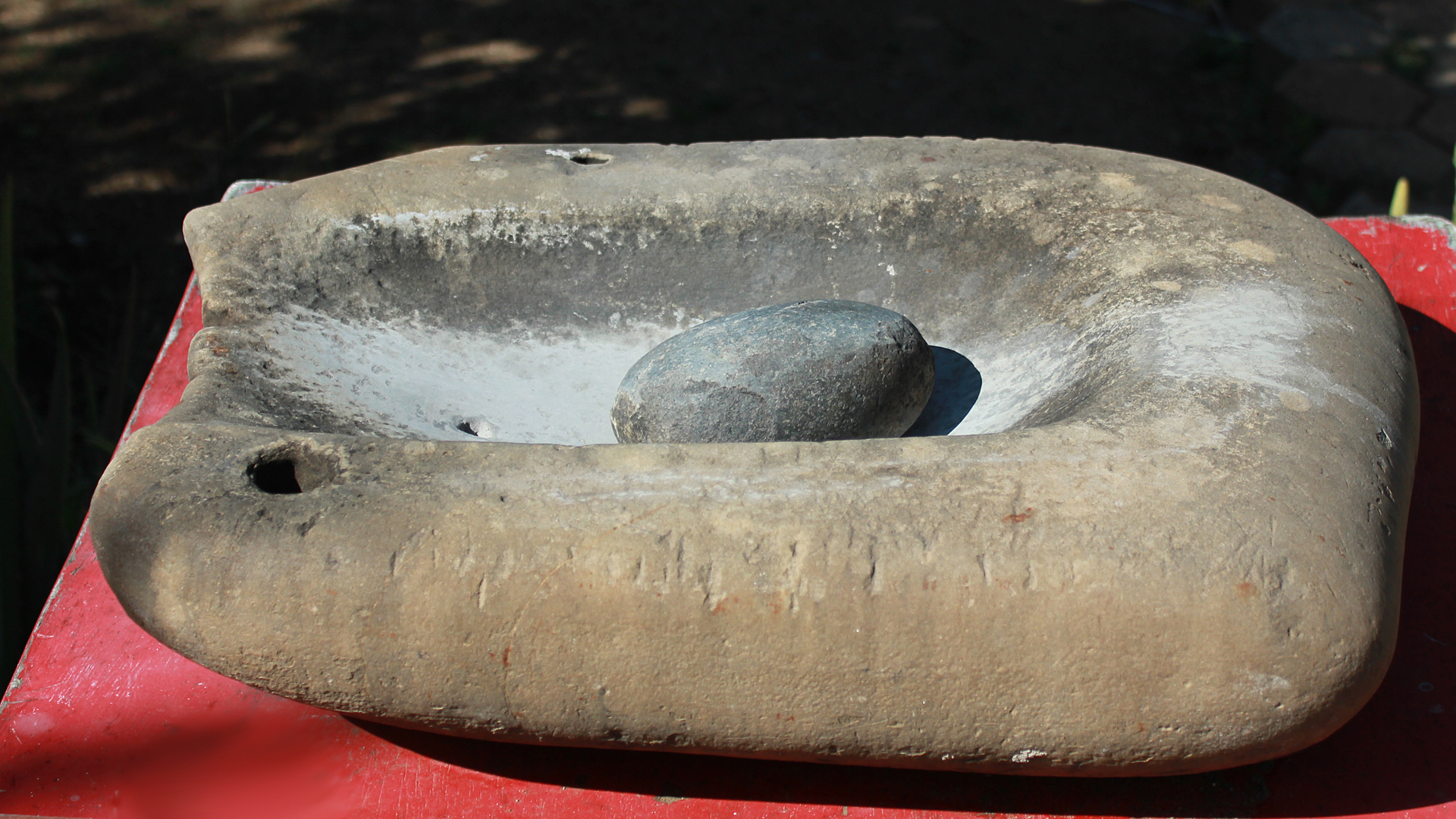
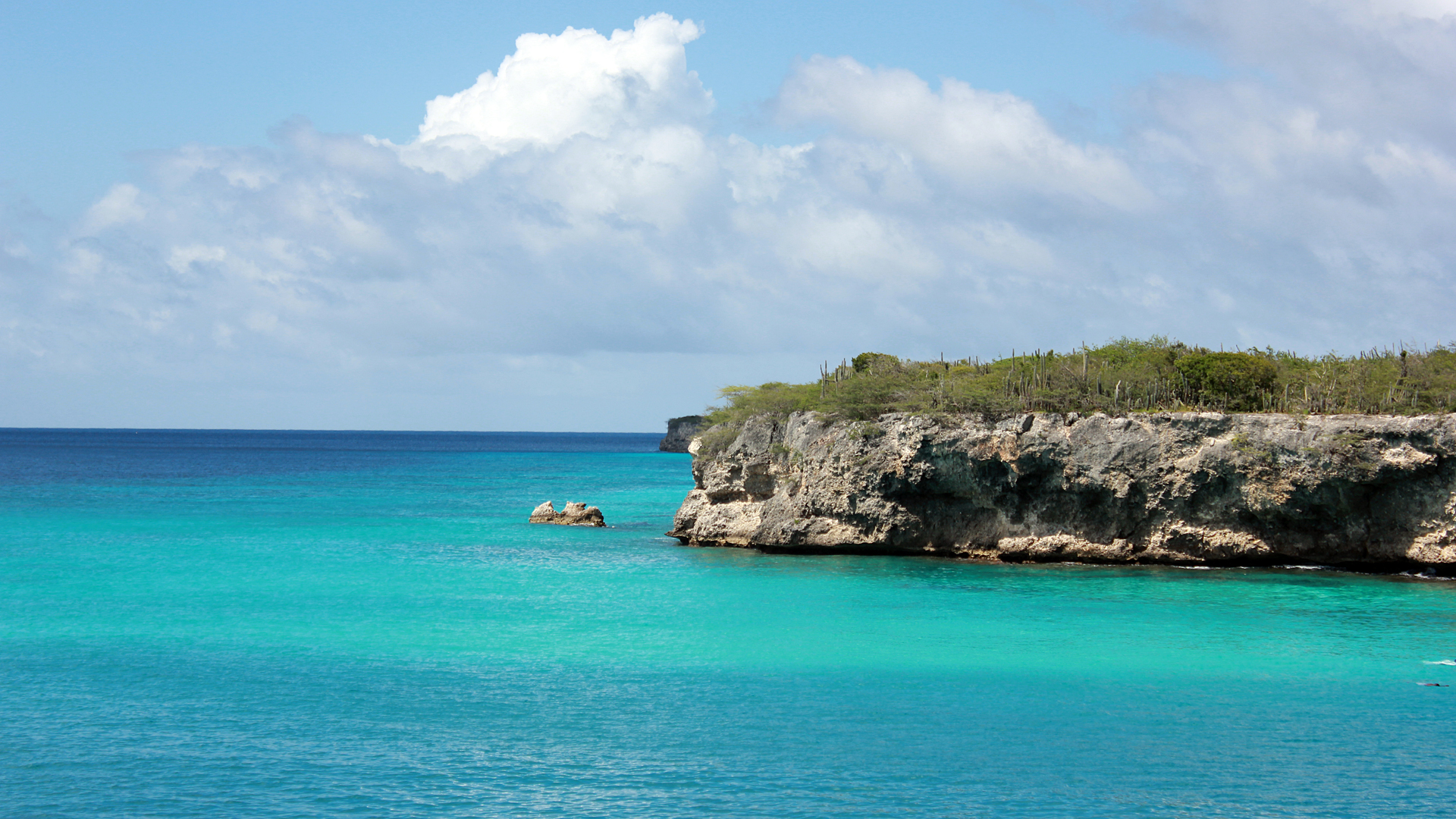
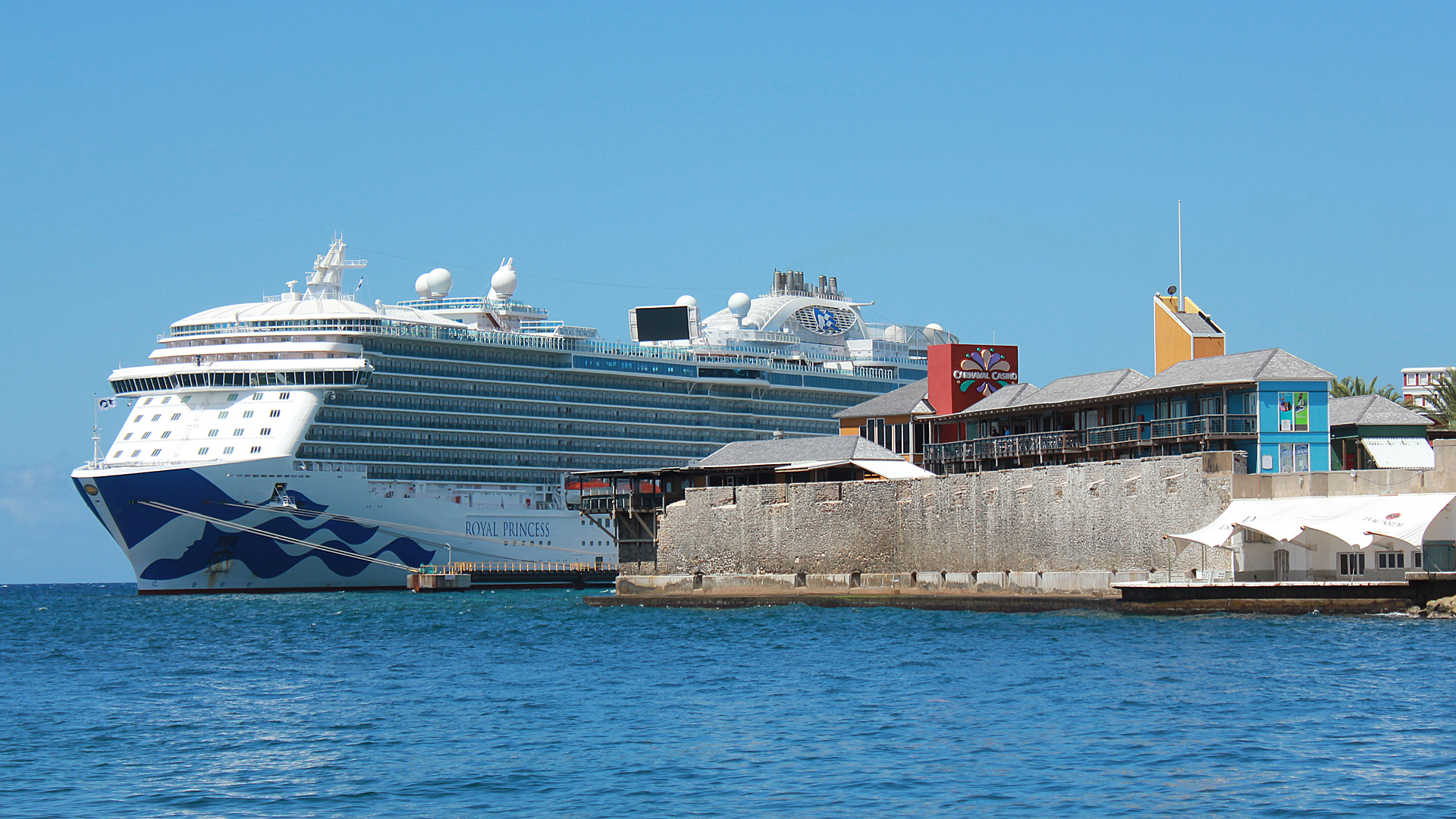


 We took a bus for a six hour tour, took a lot of pictures, and learned alot about the island of Curacao.
We took a bus for a six hour tour, took a lot of pictures, and learned alot about the island of Curacao.




















